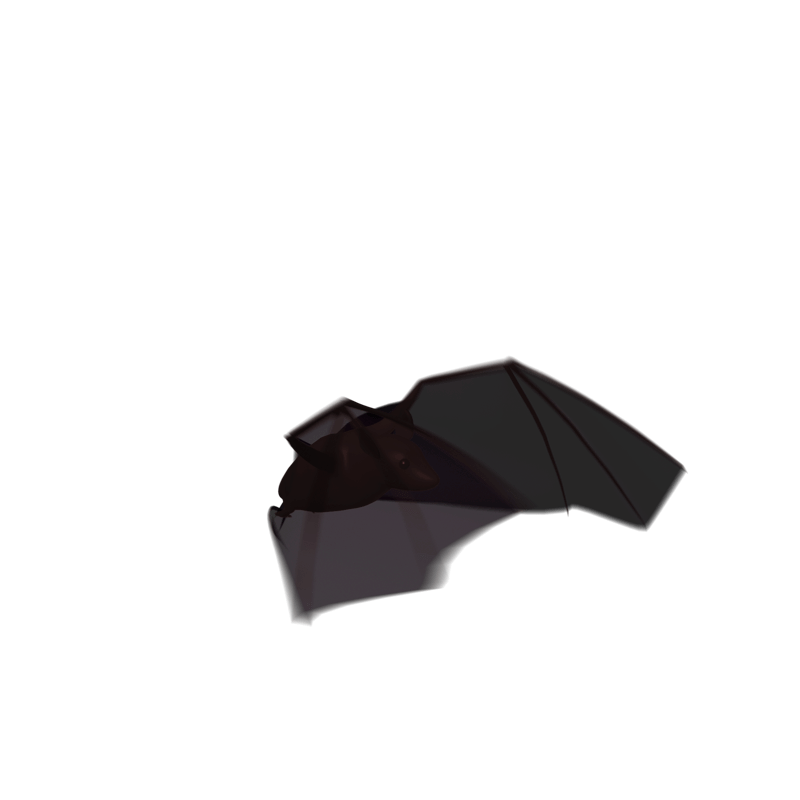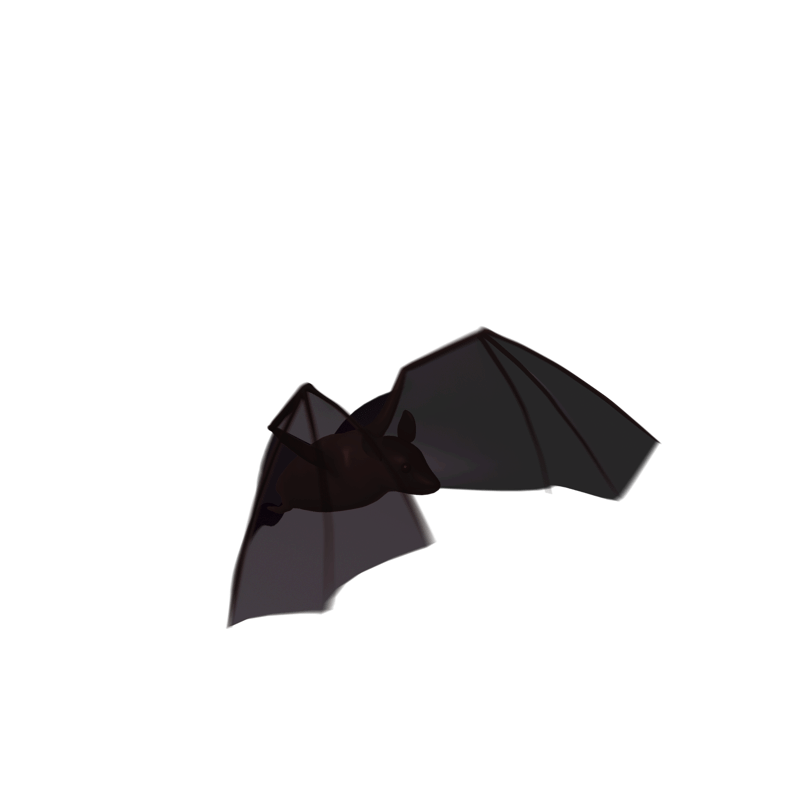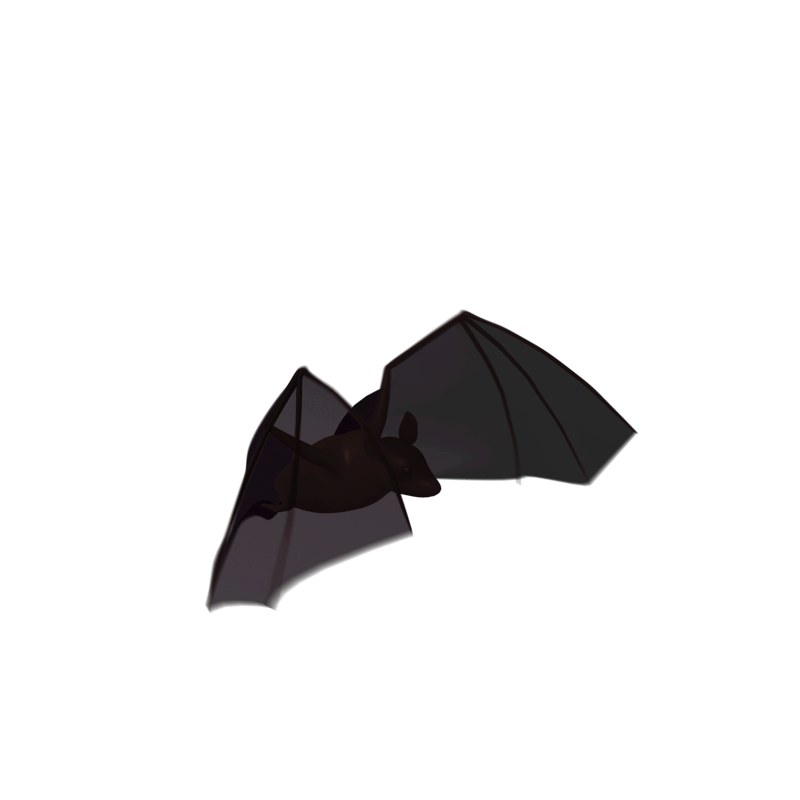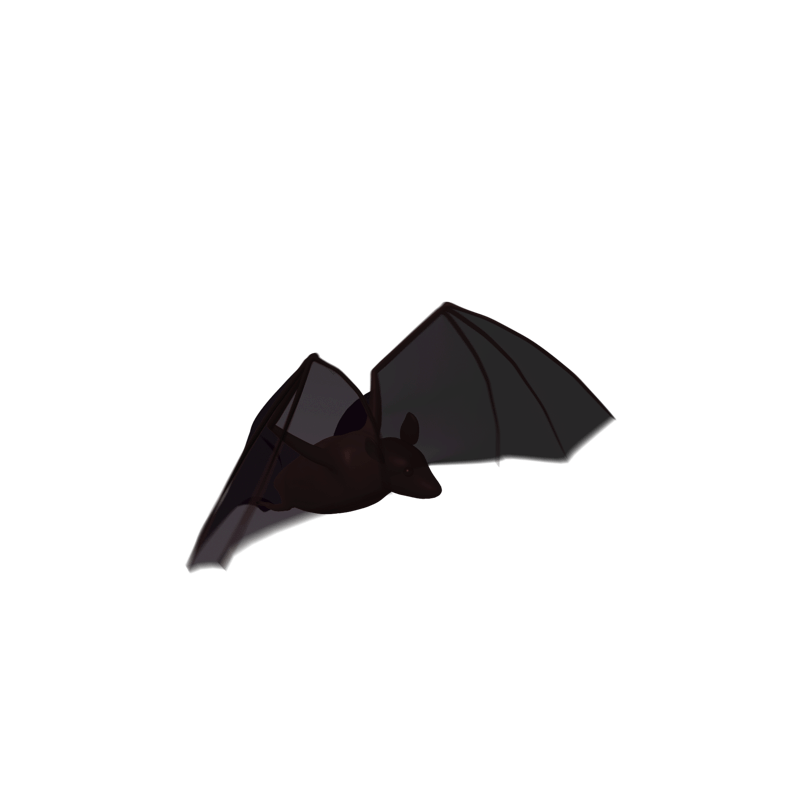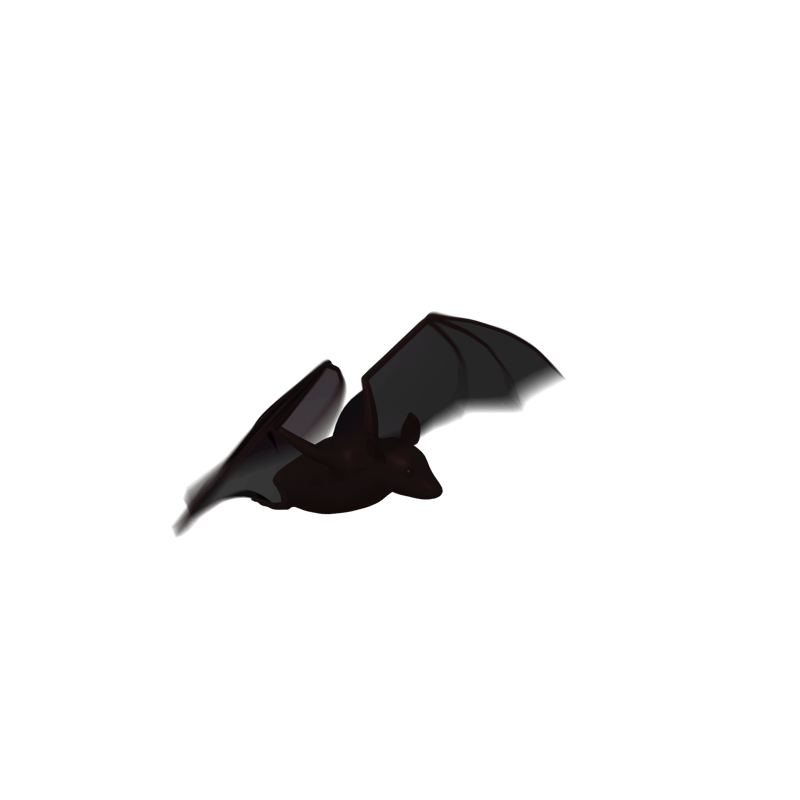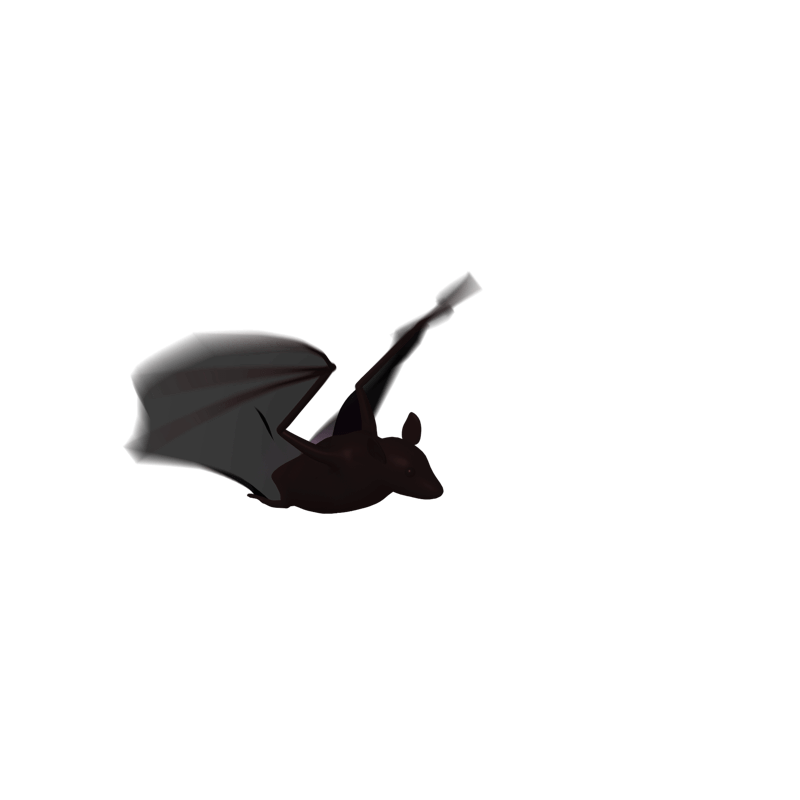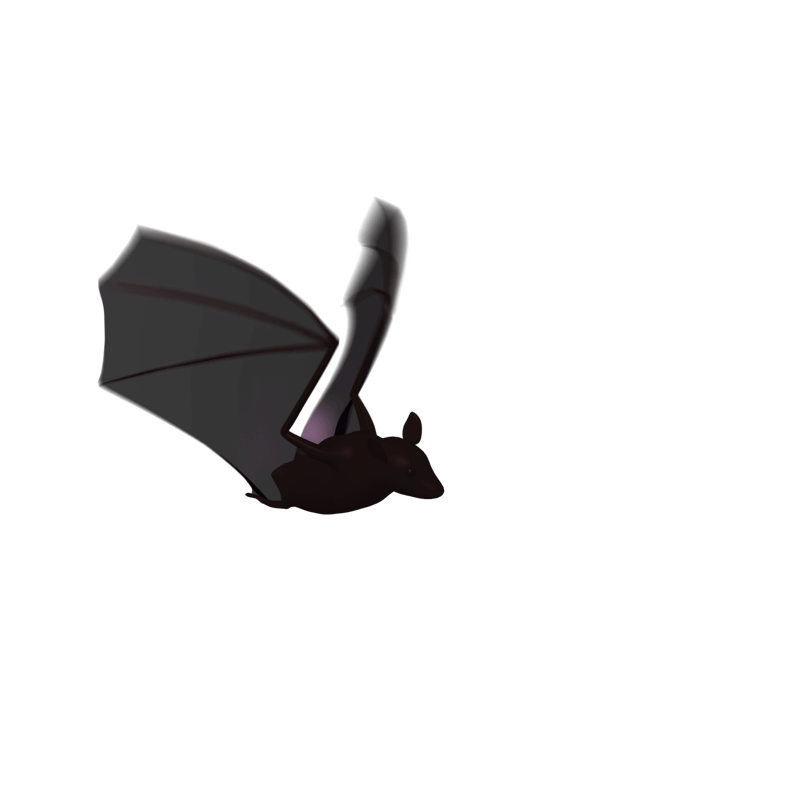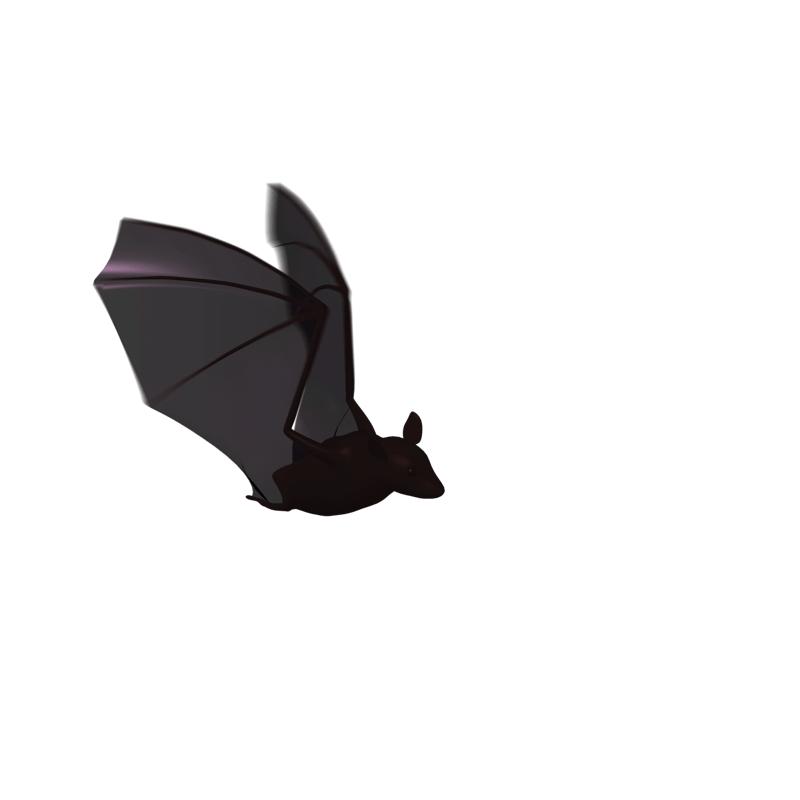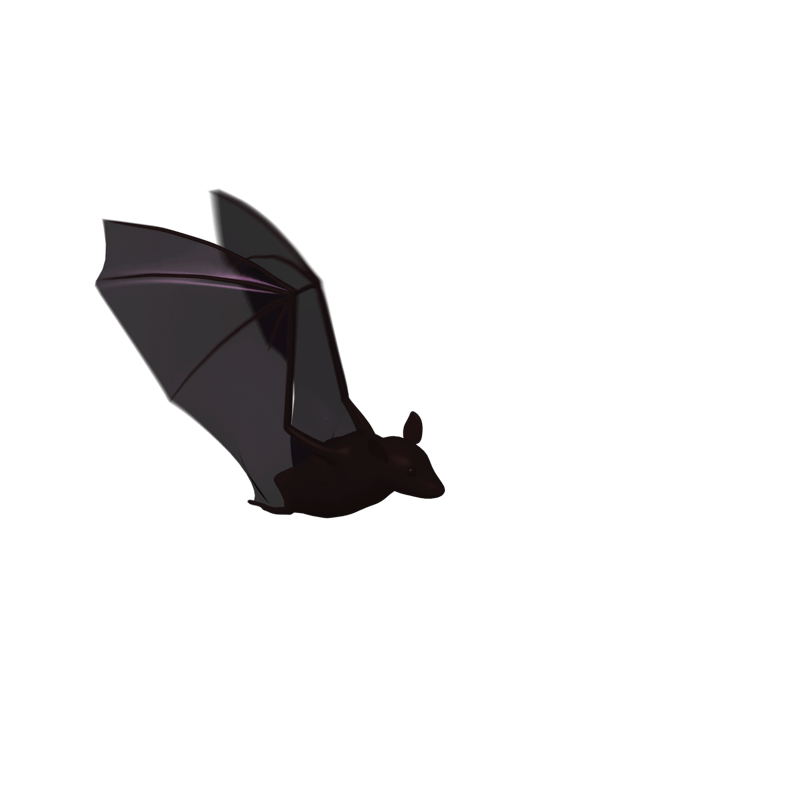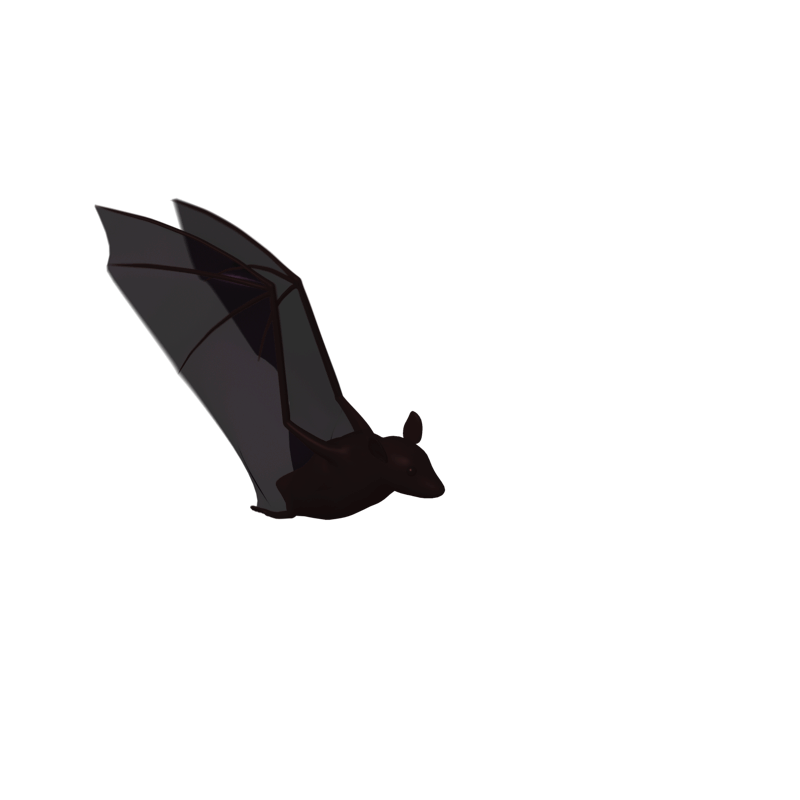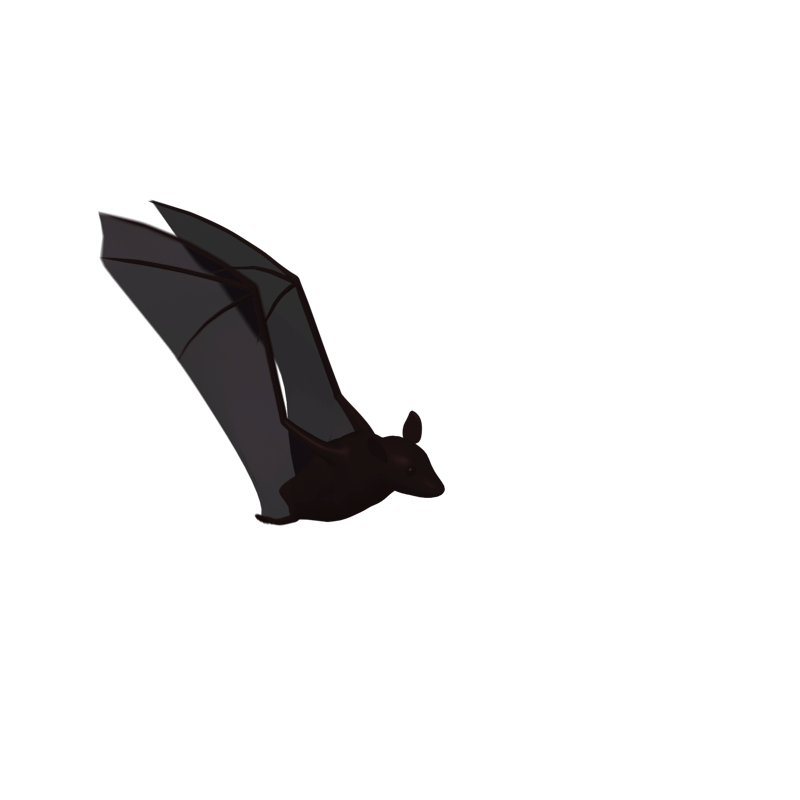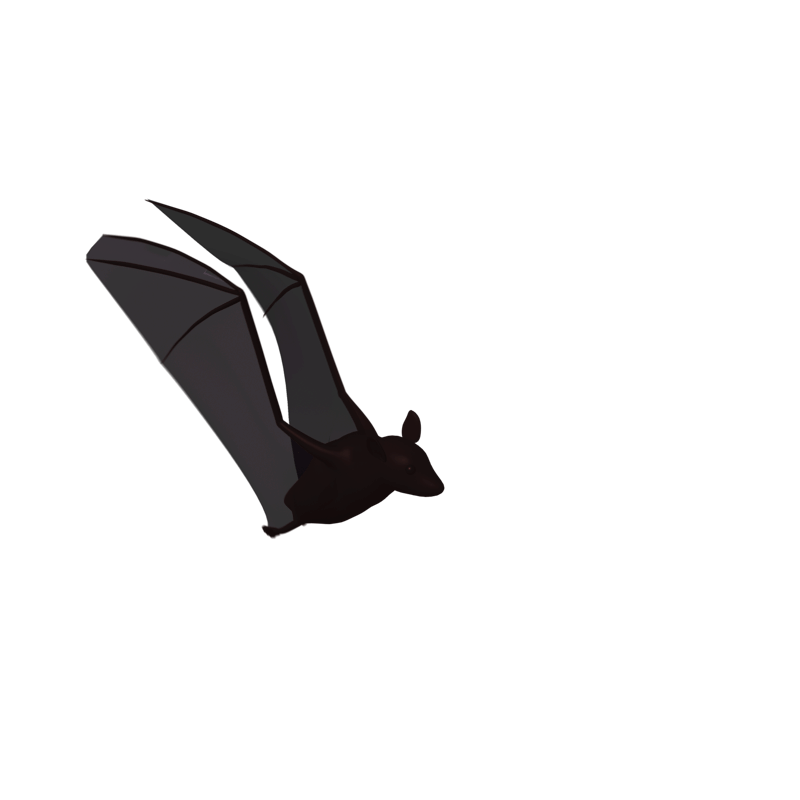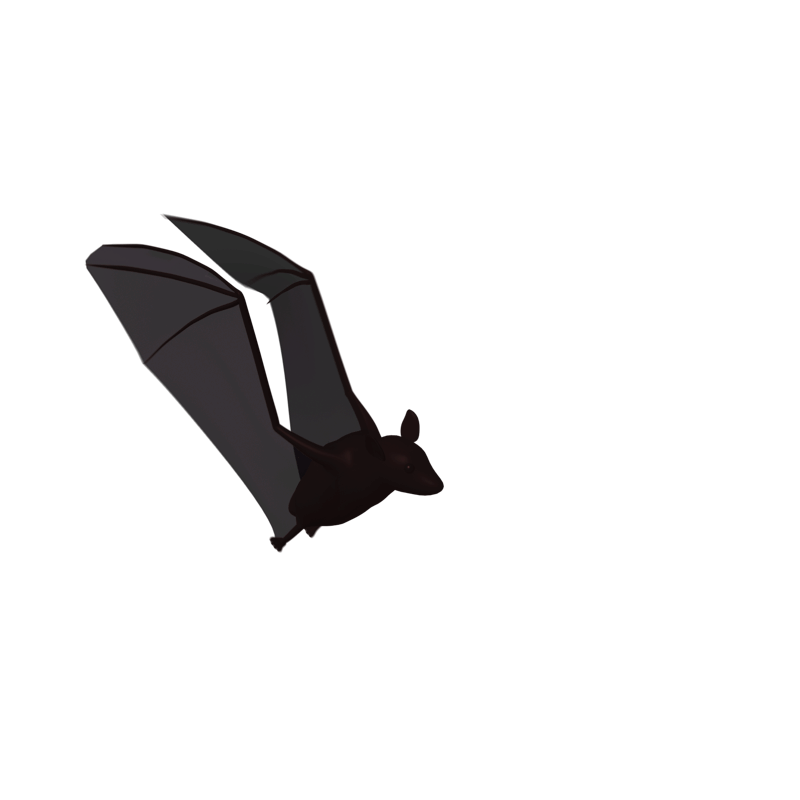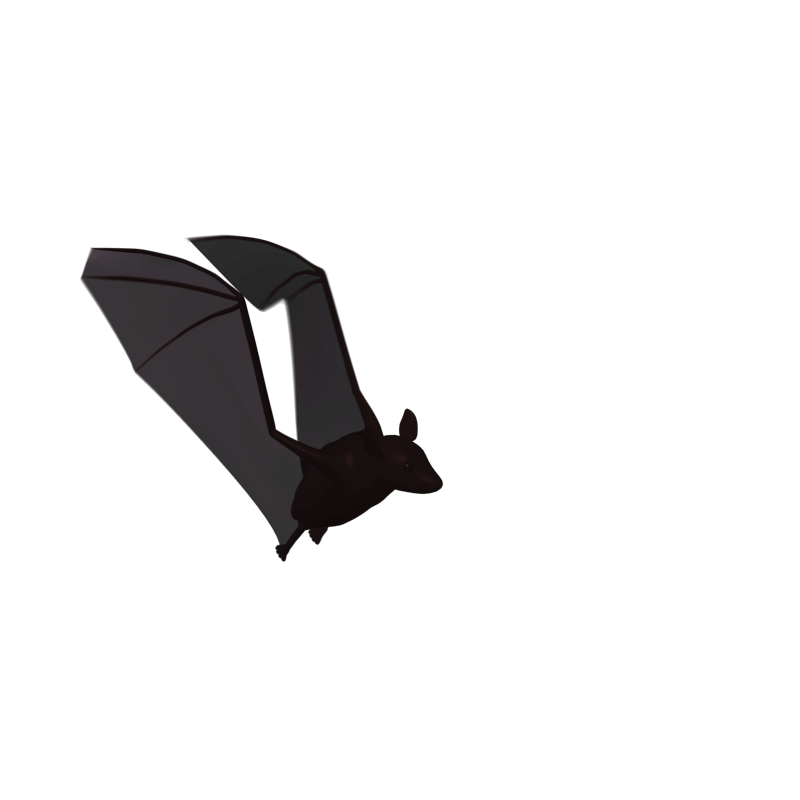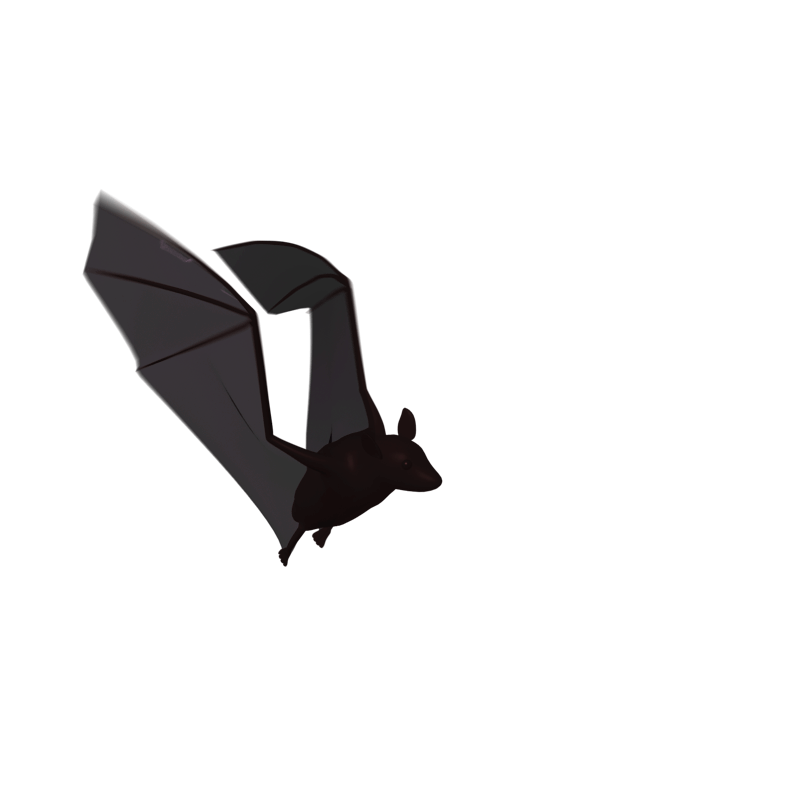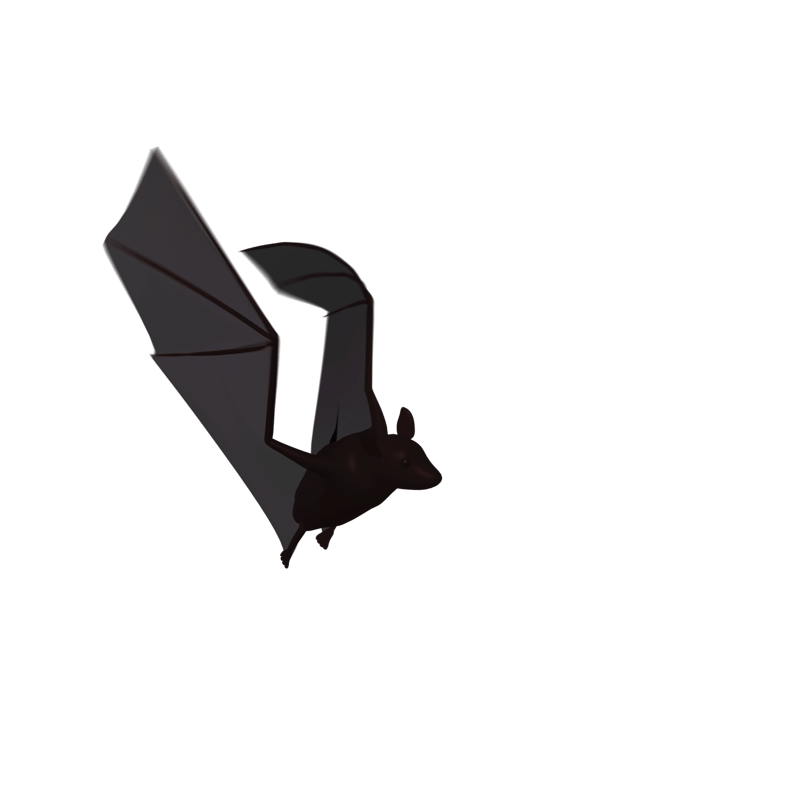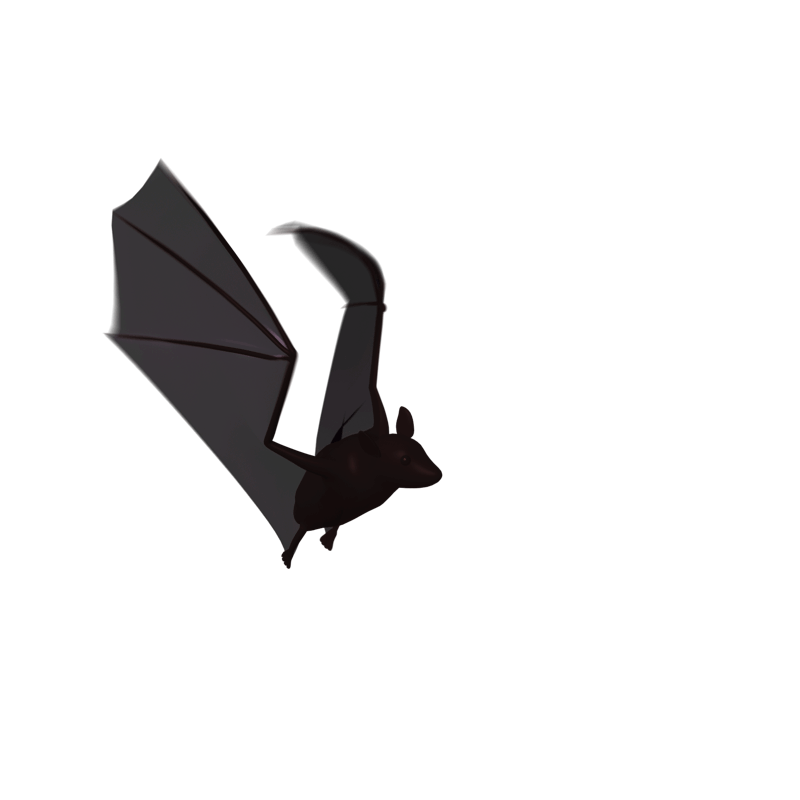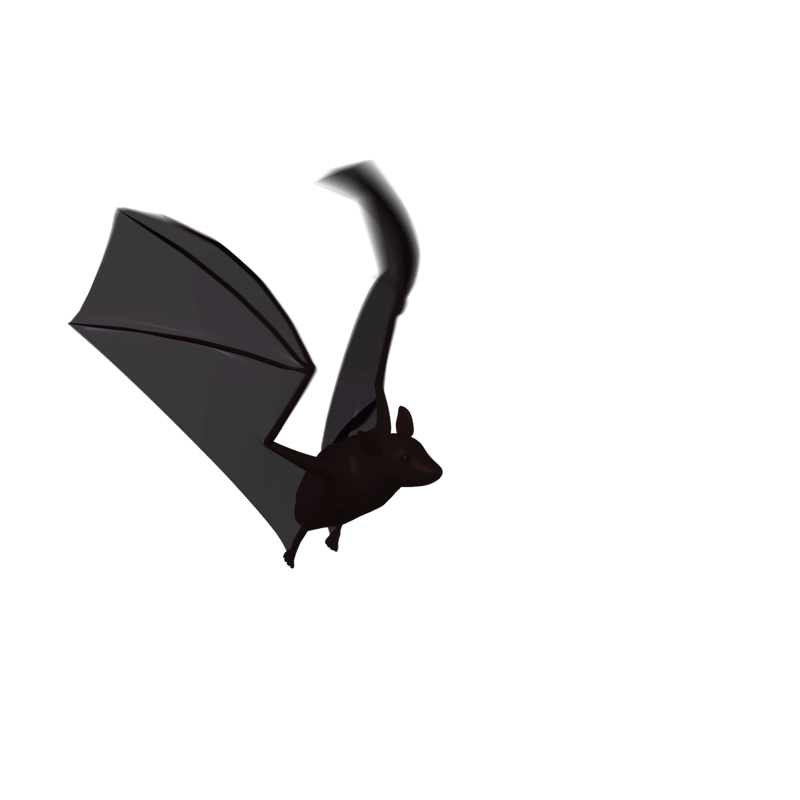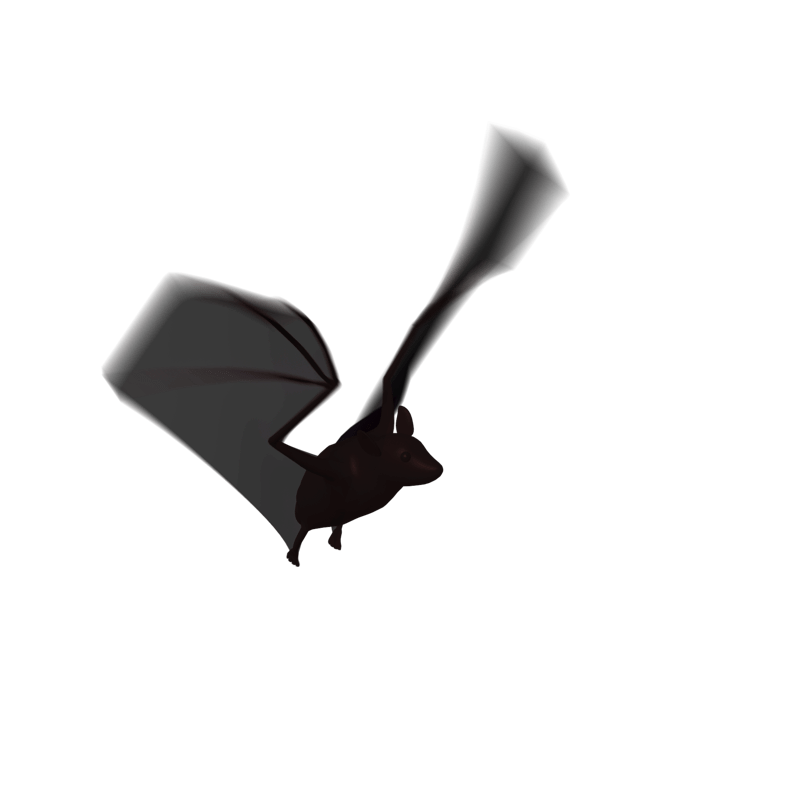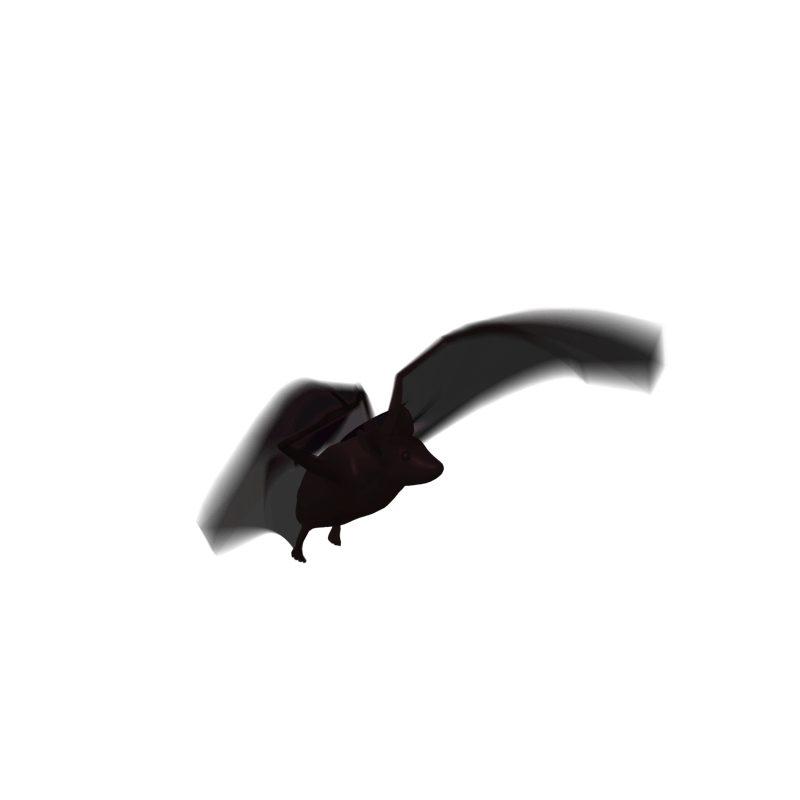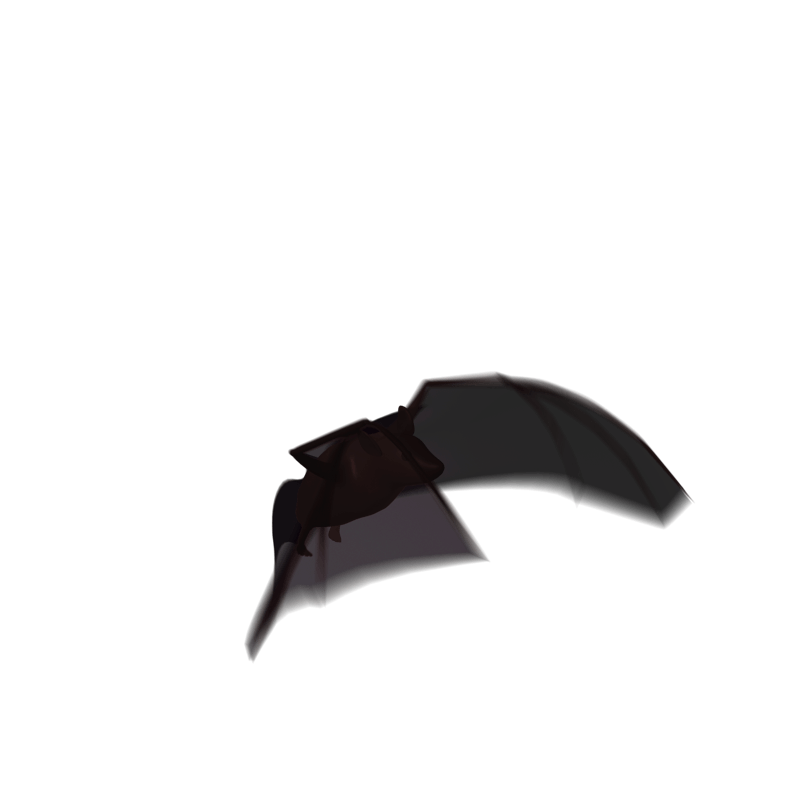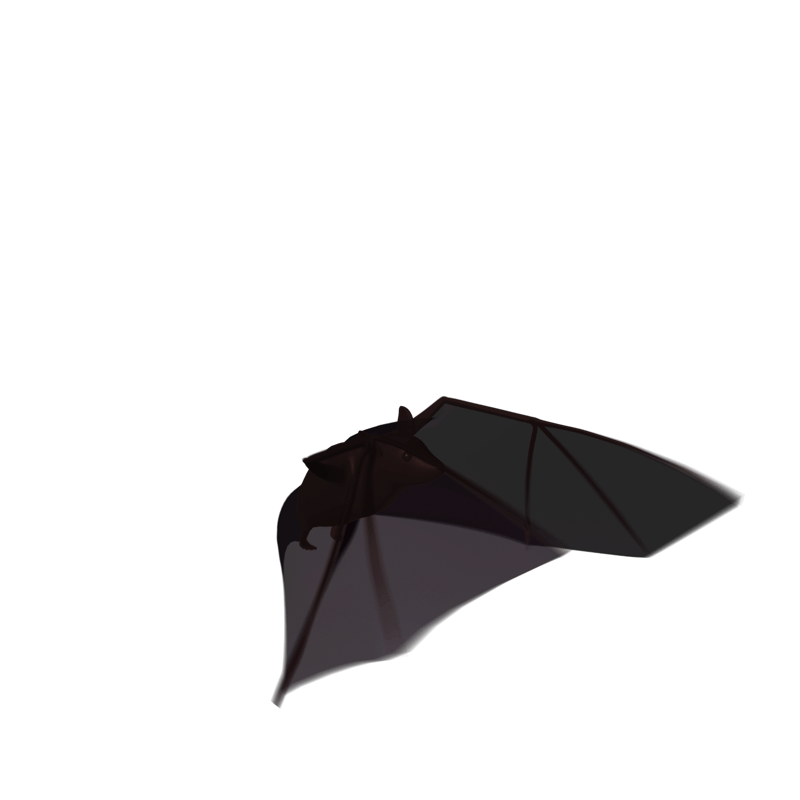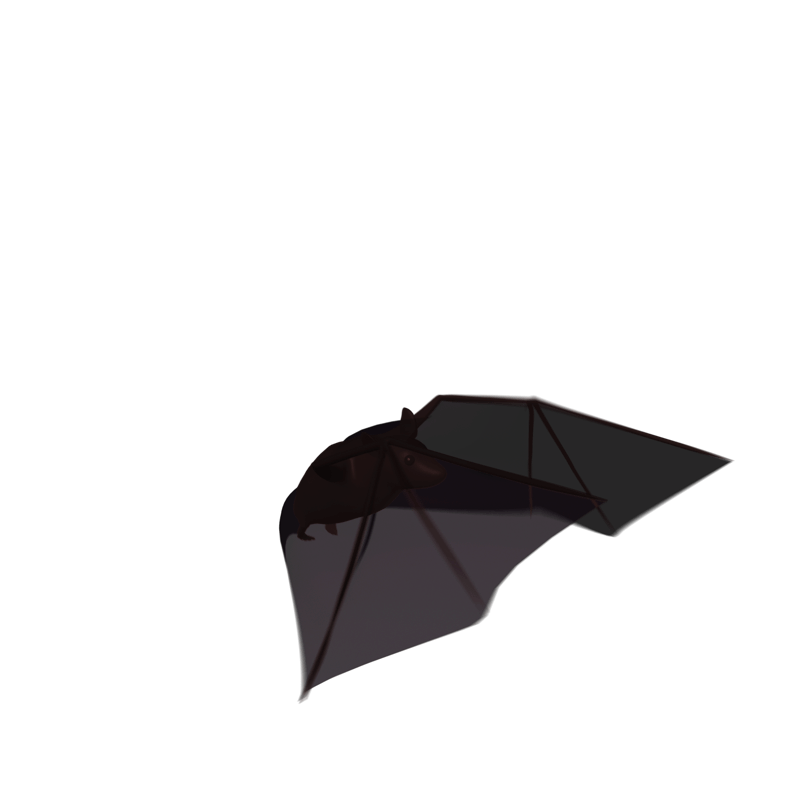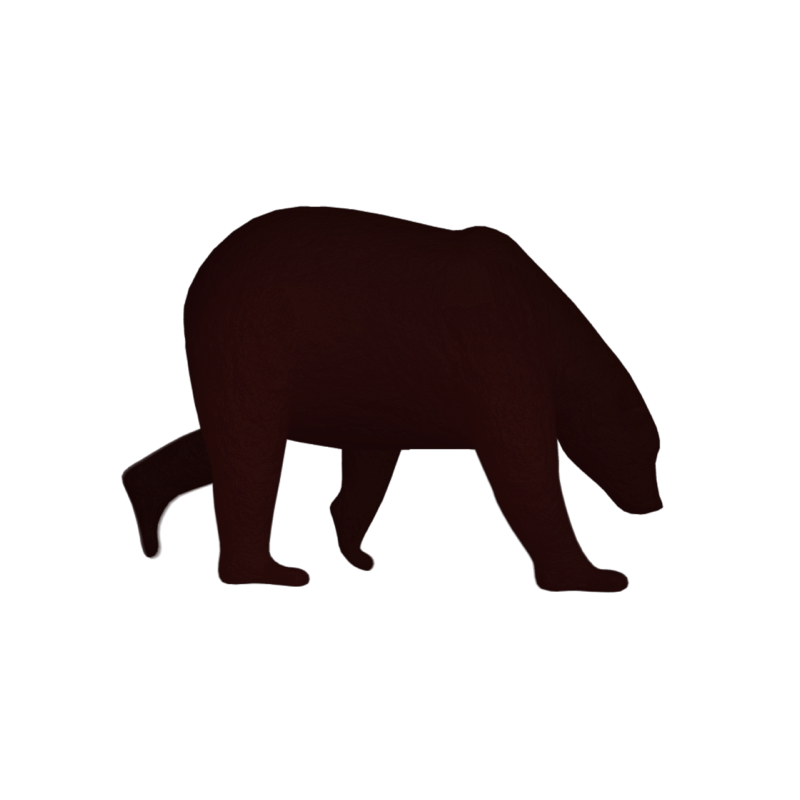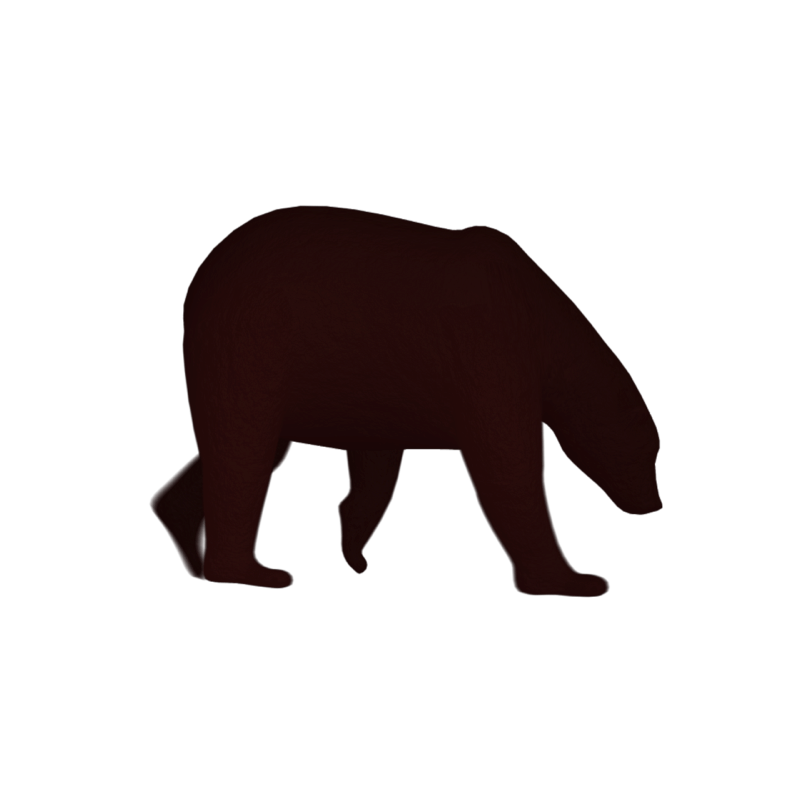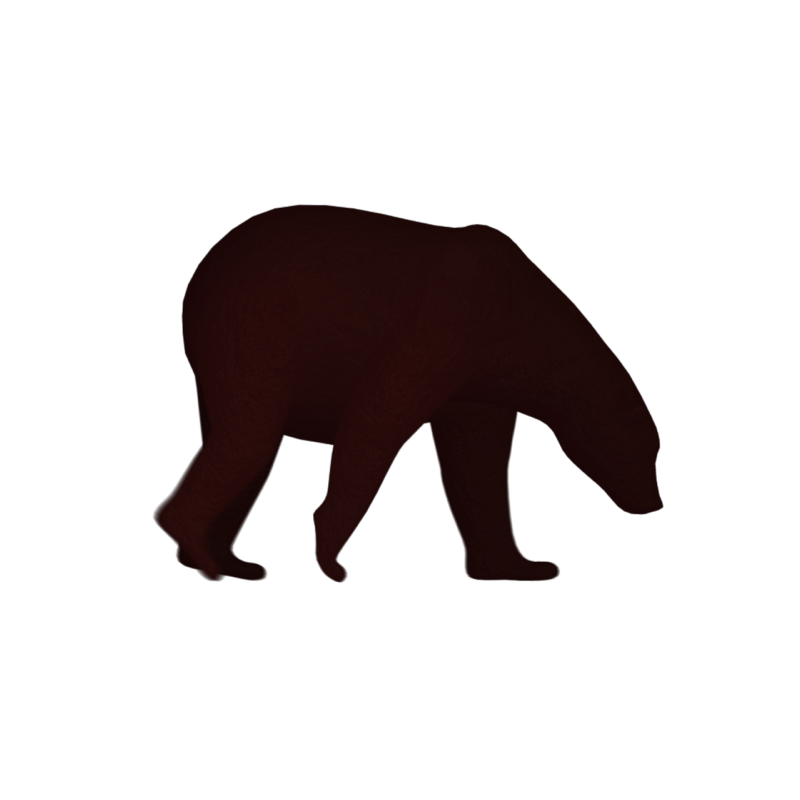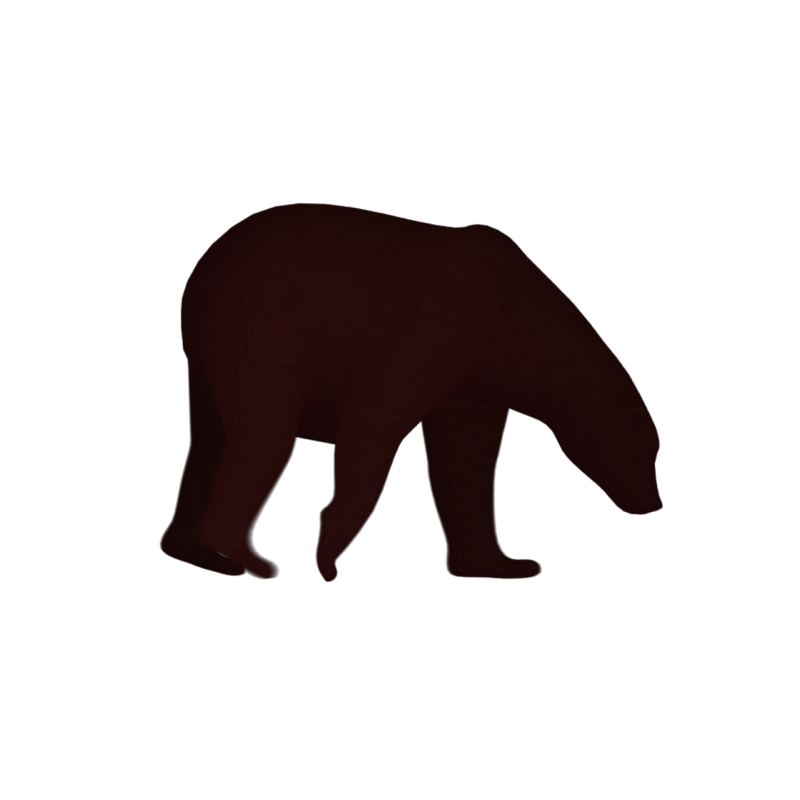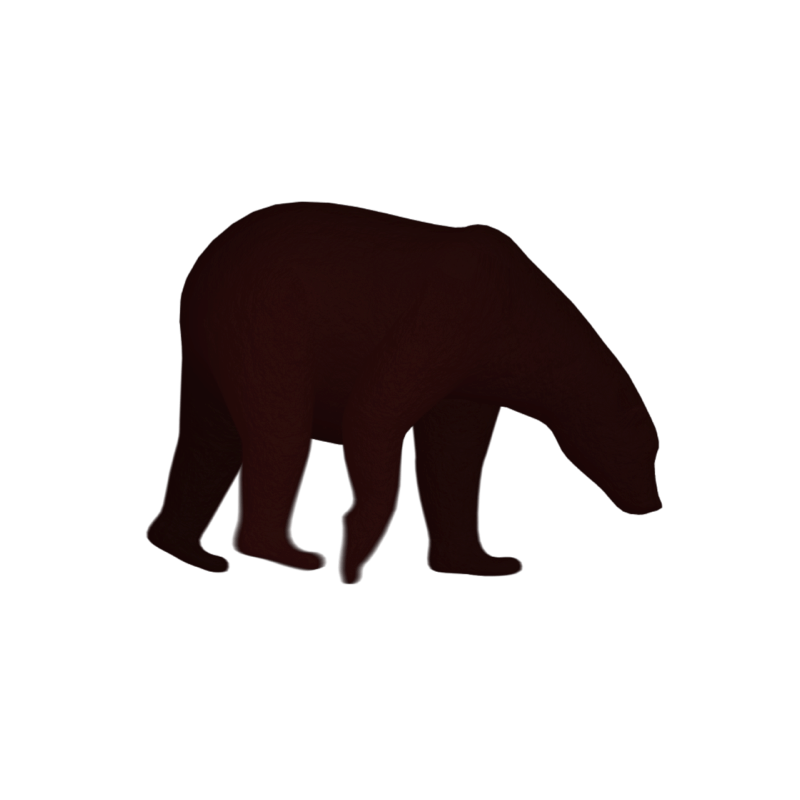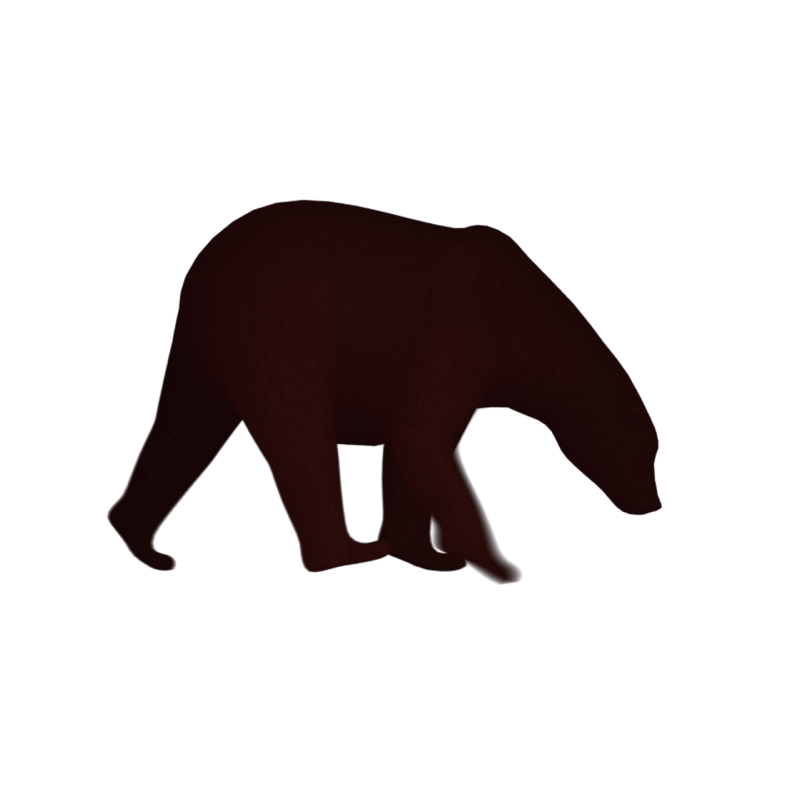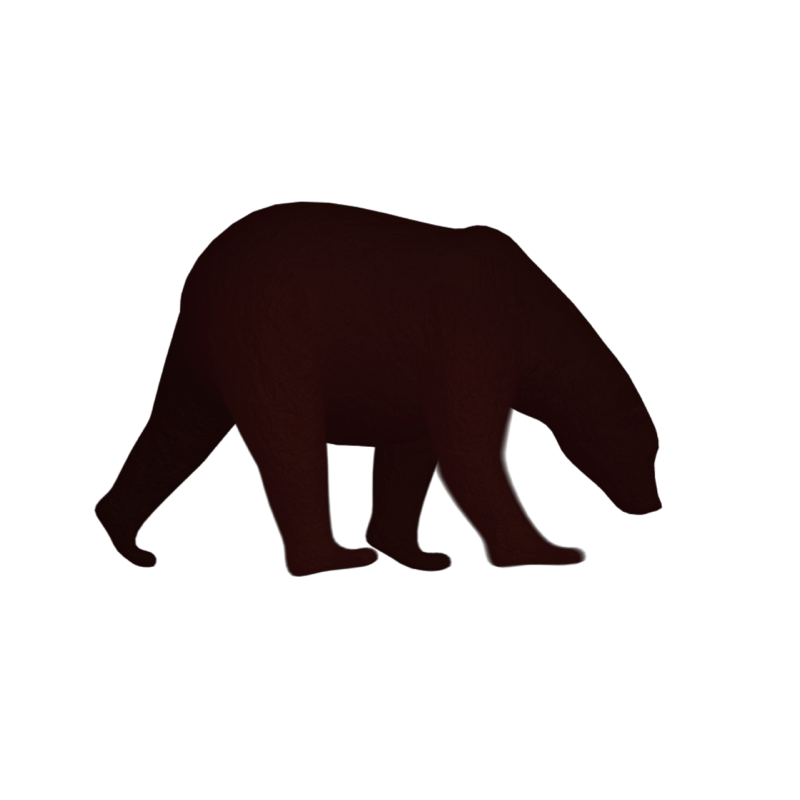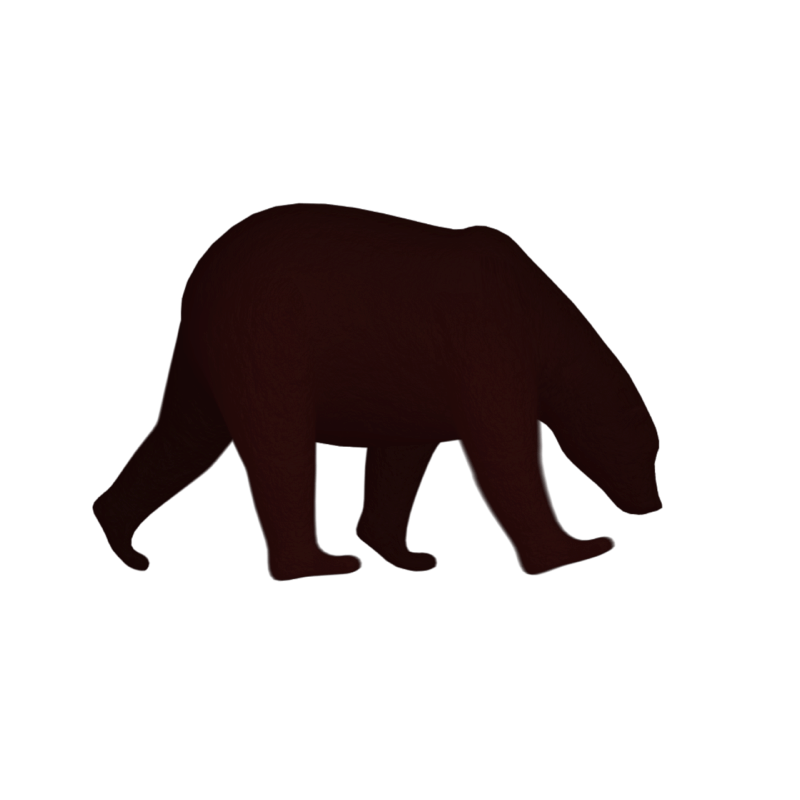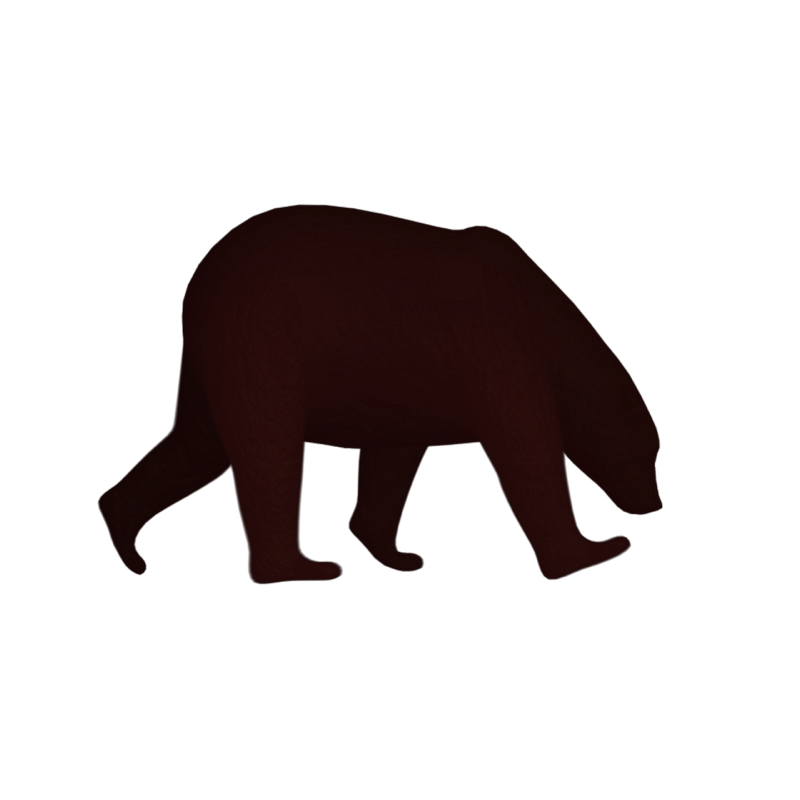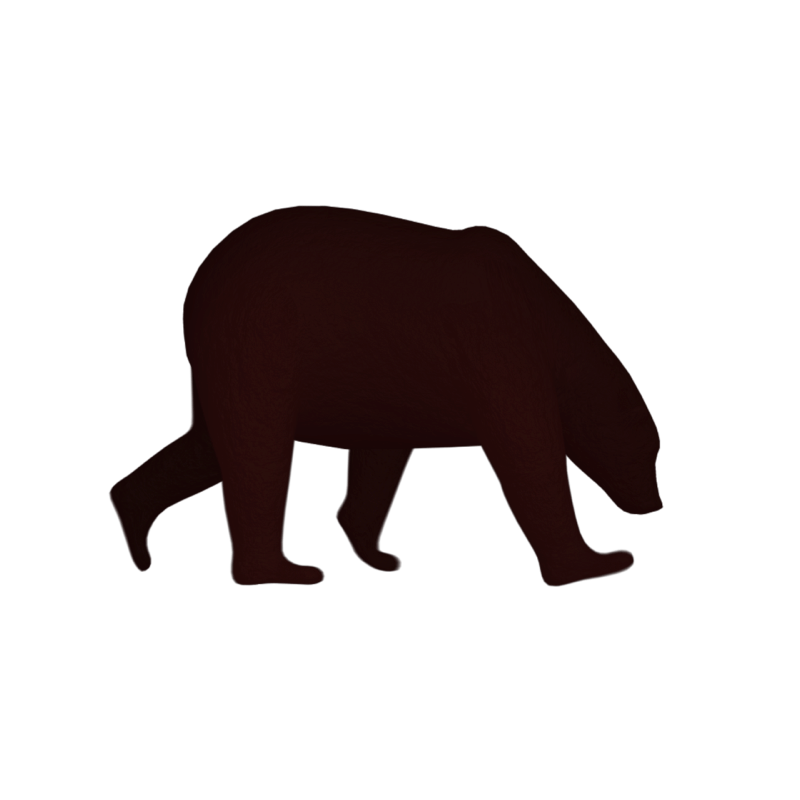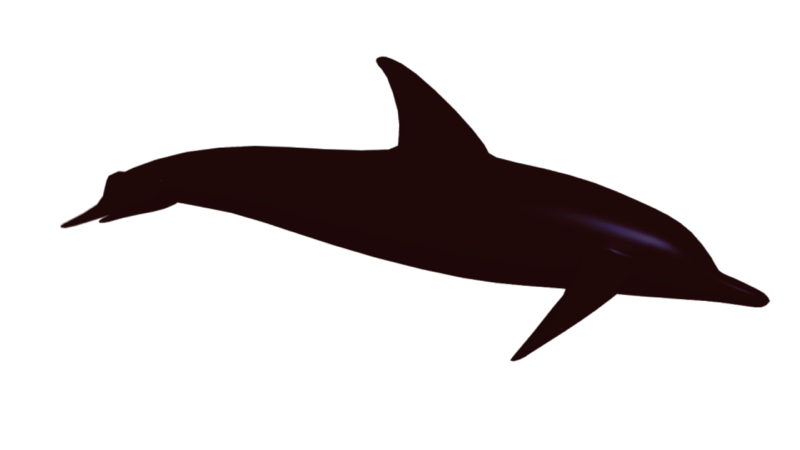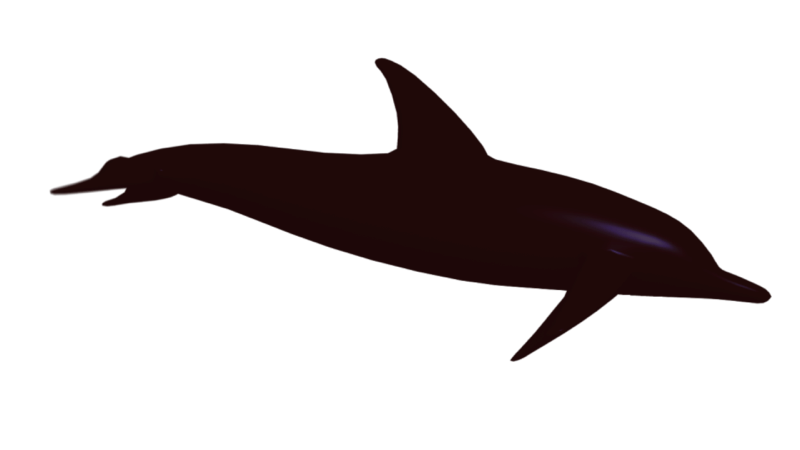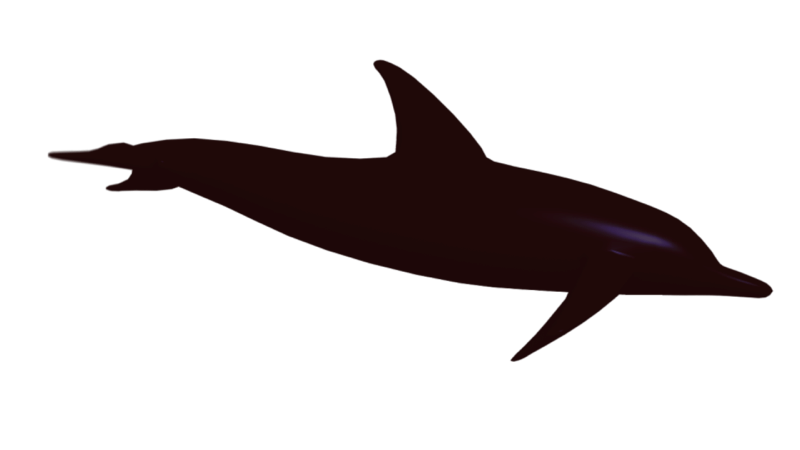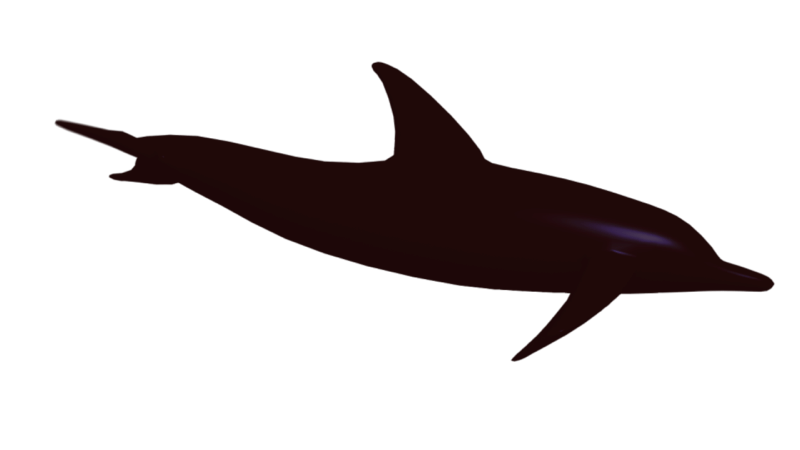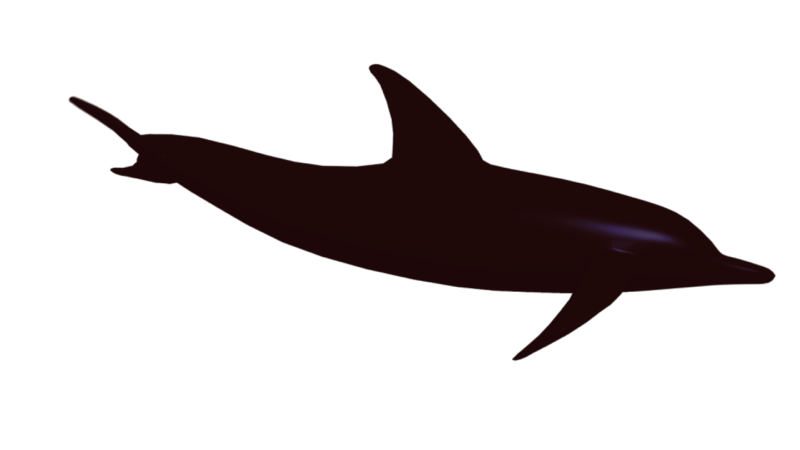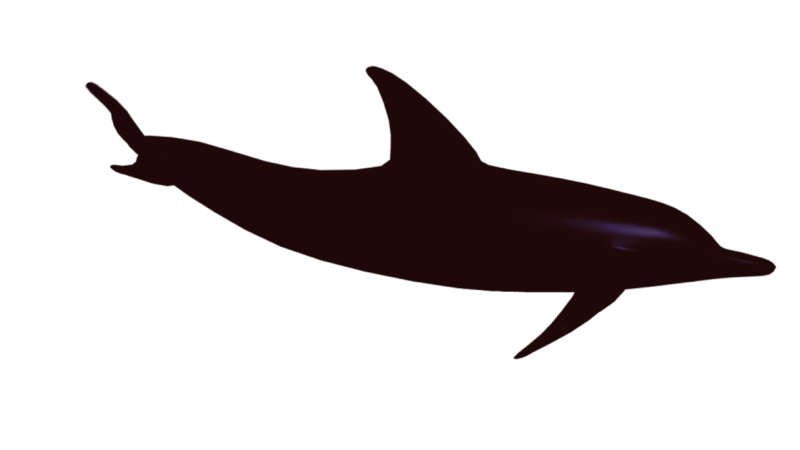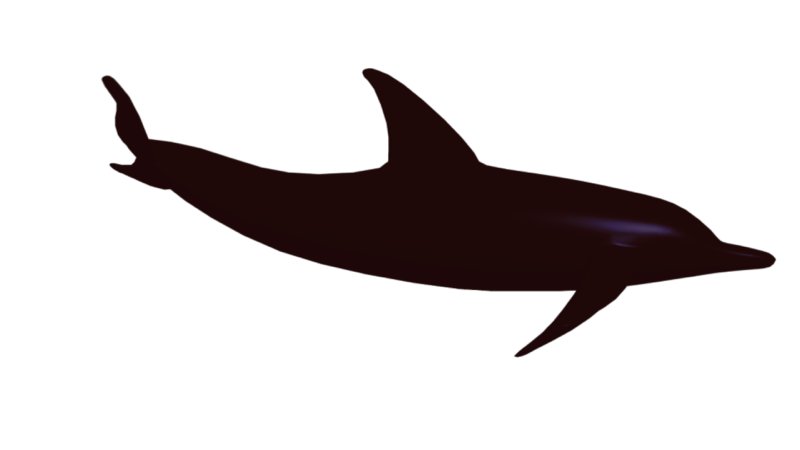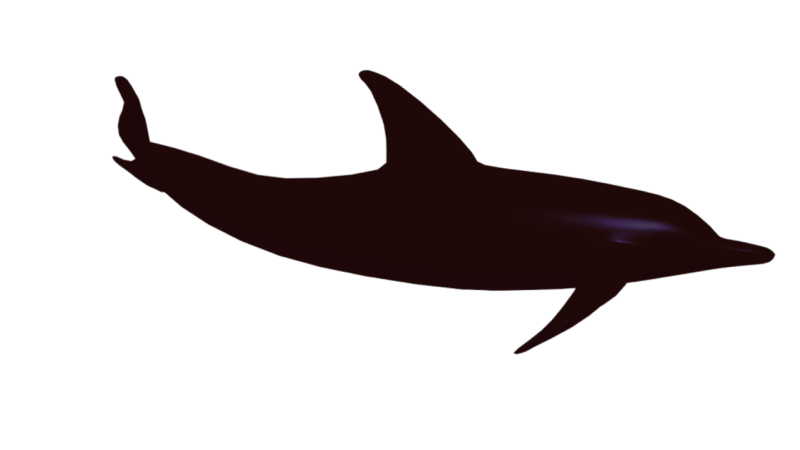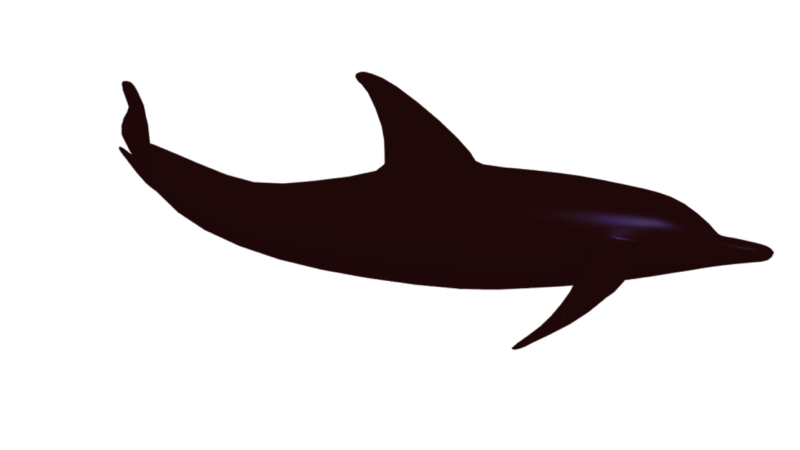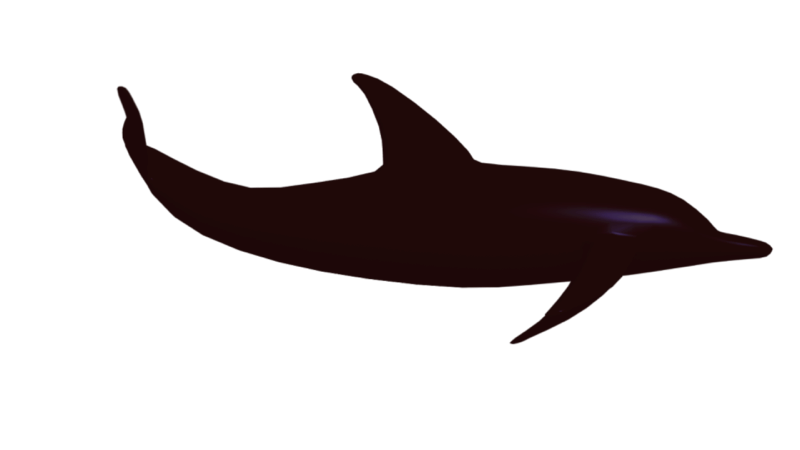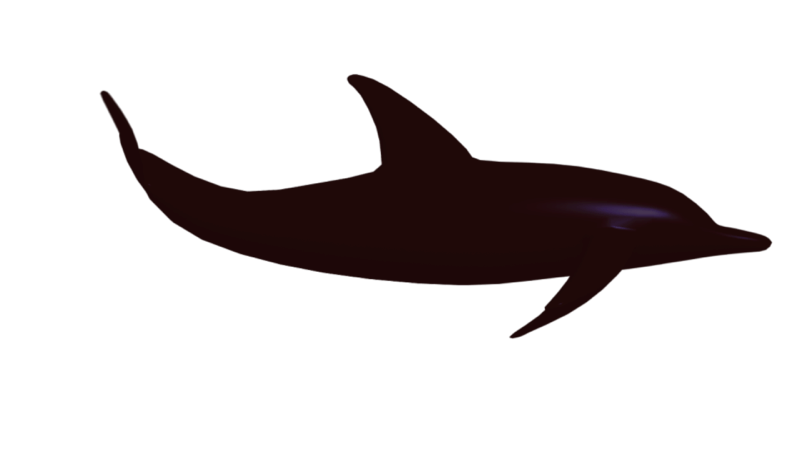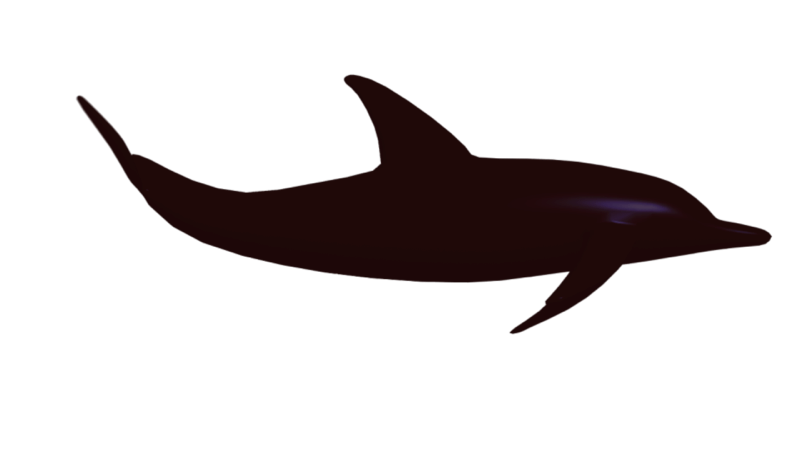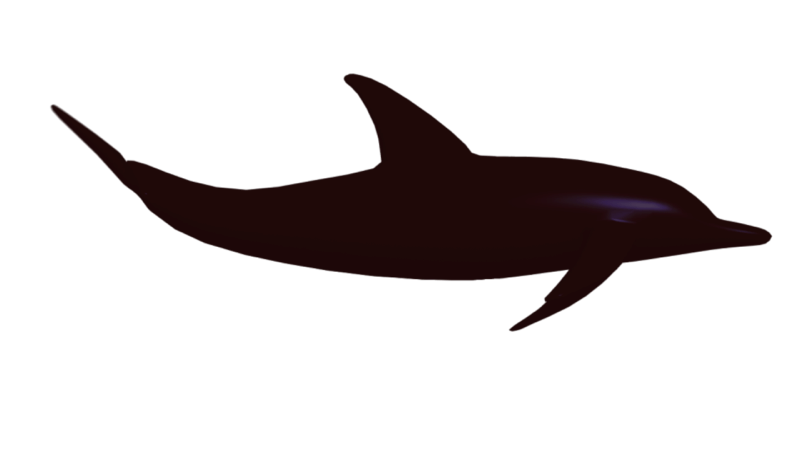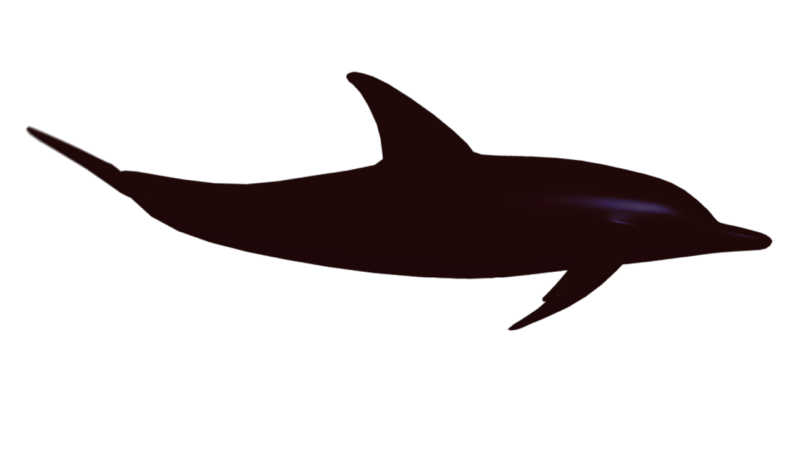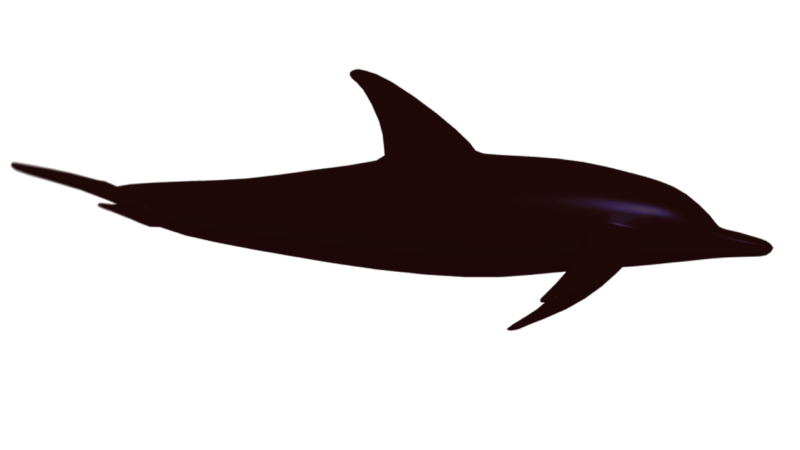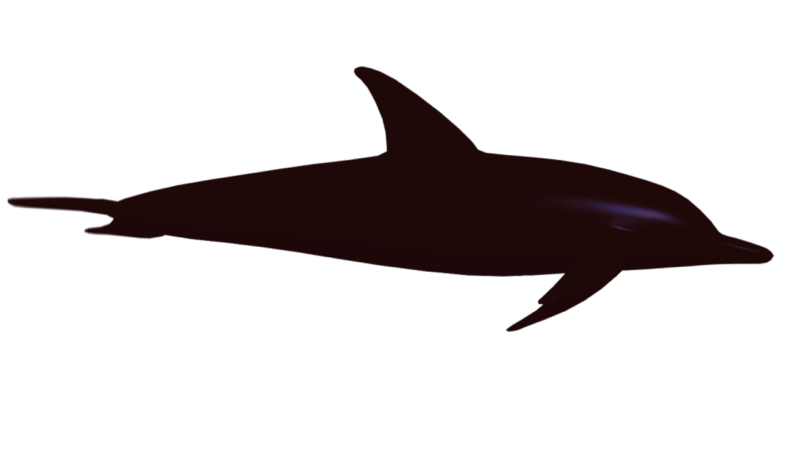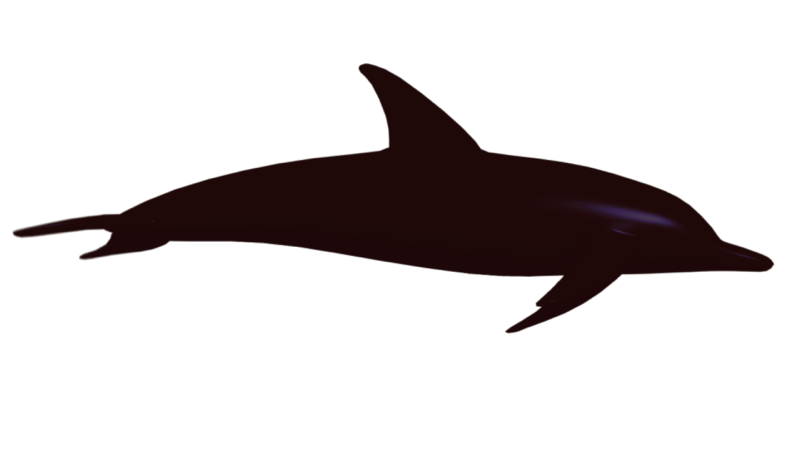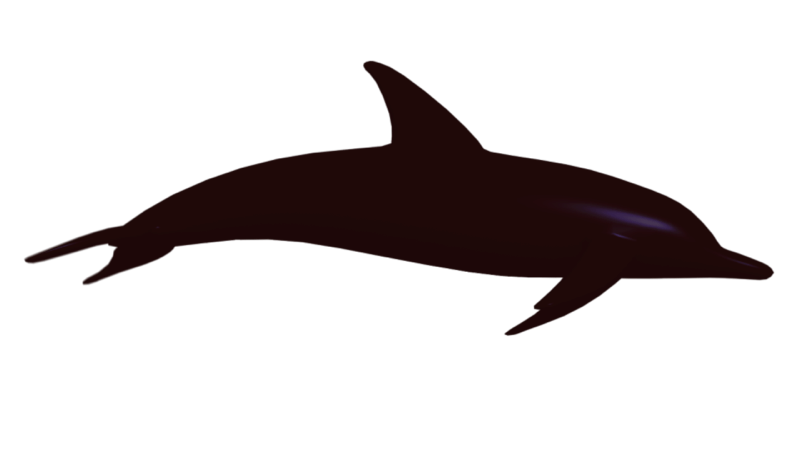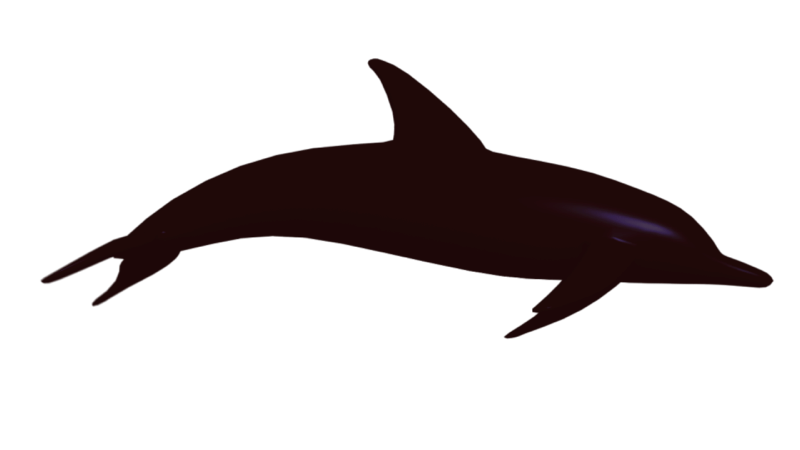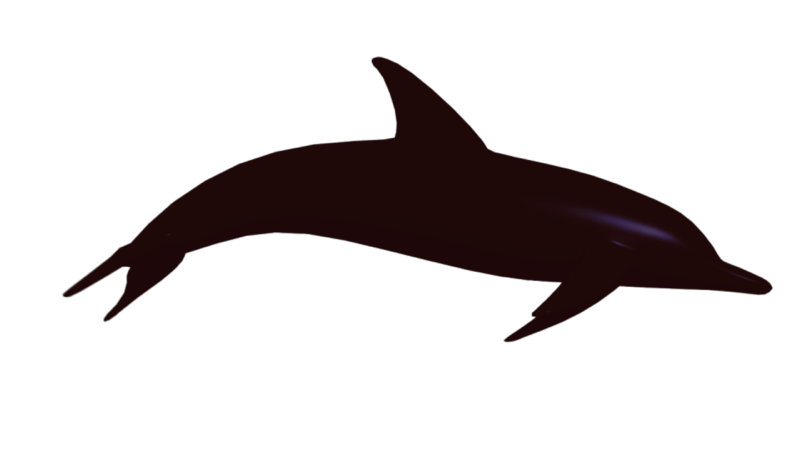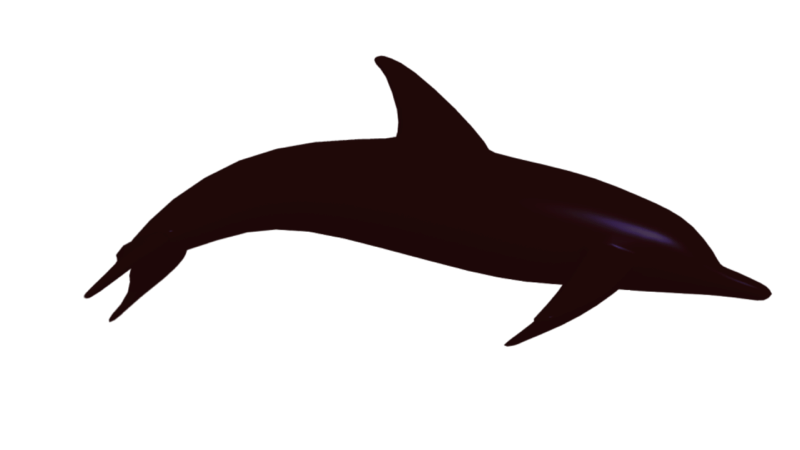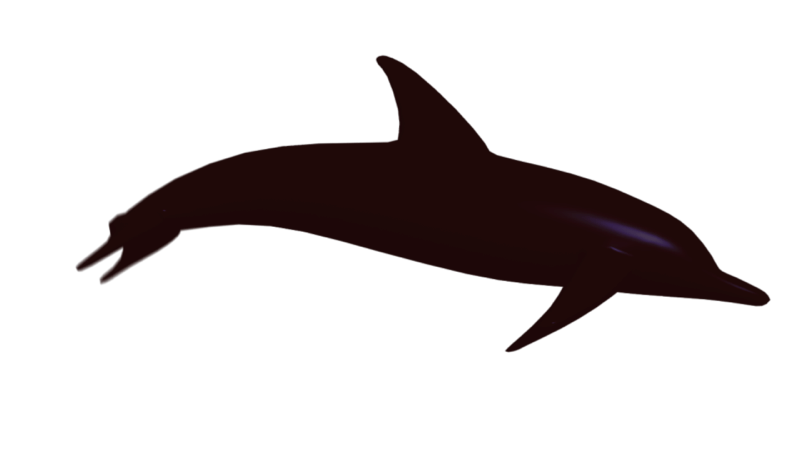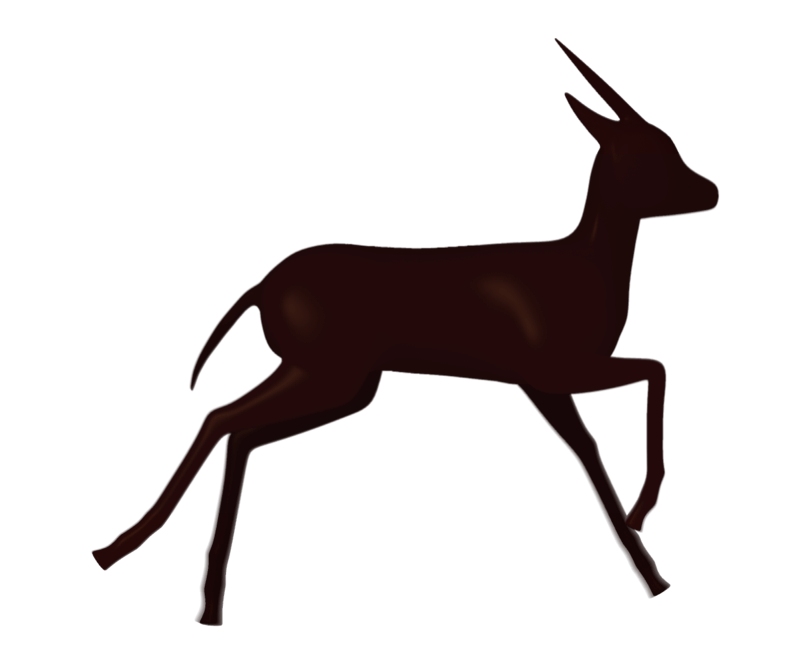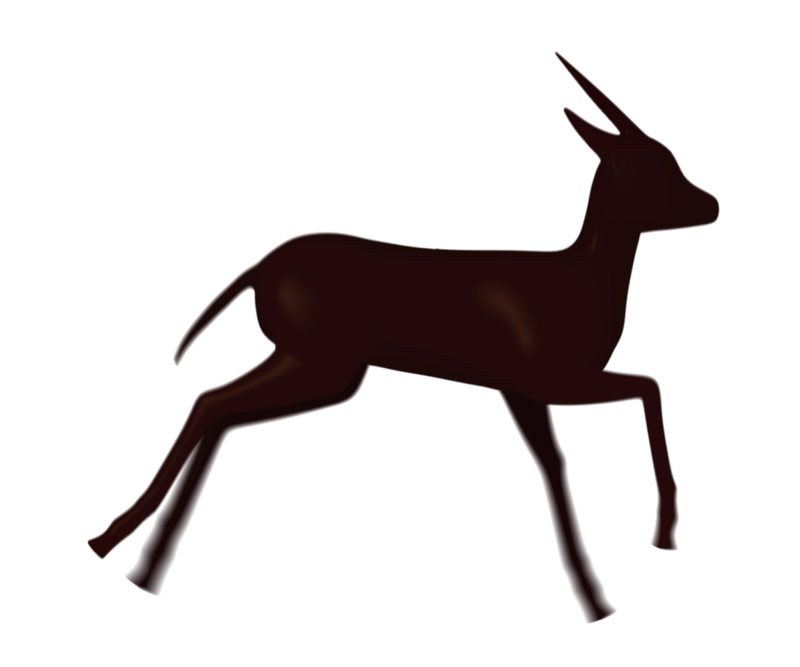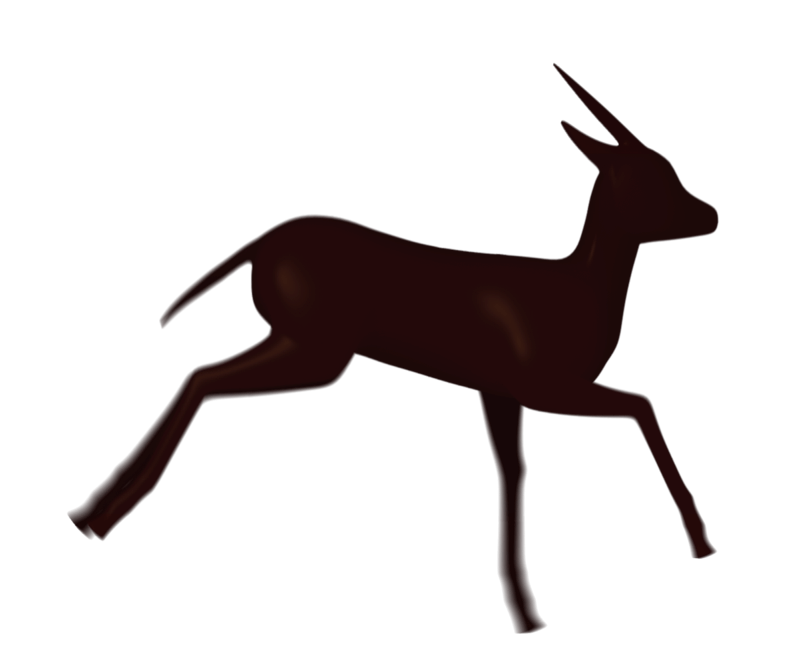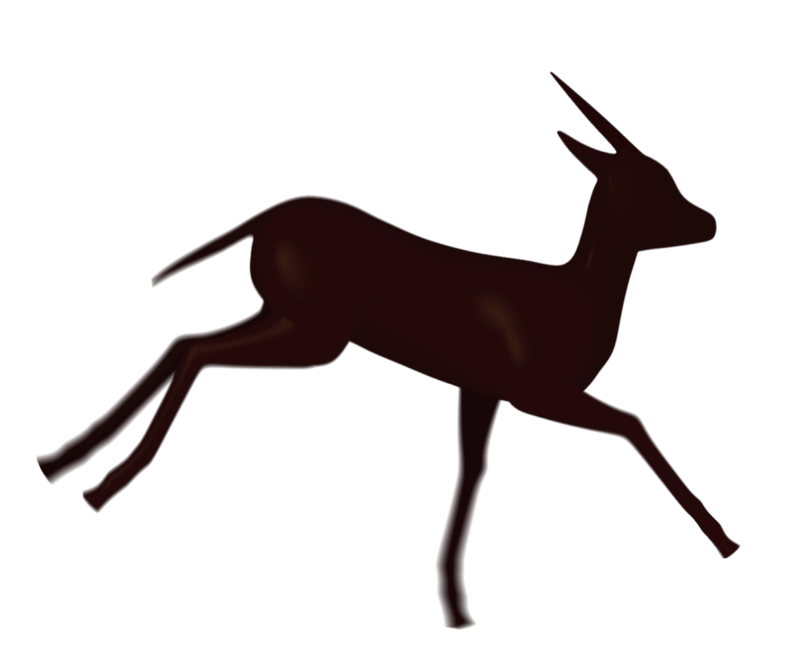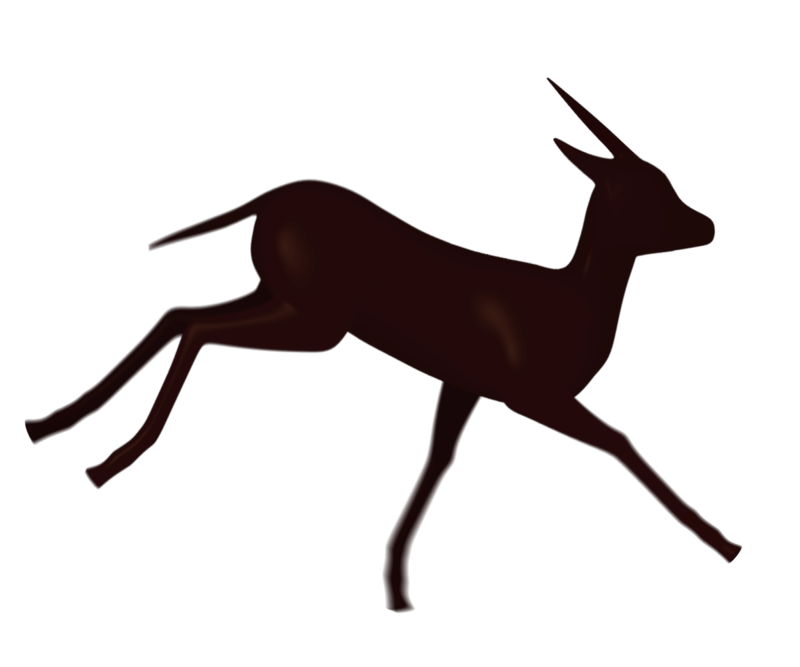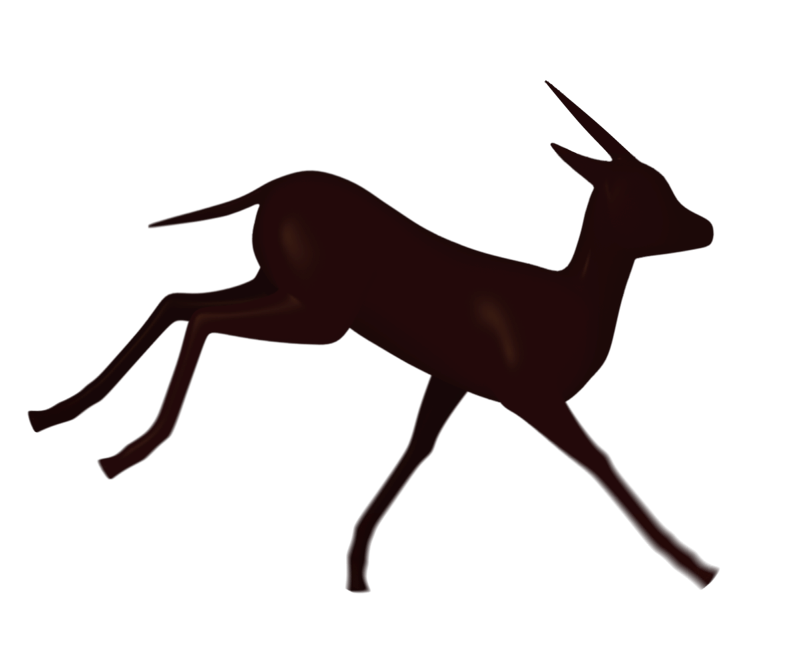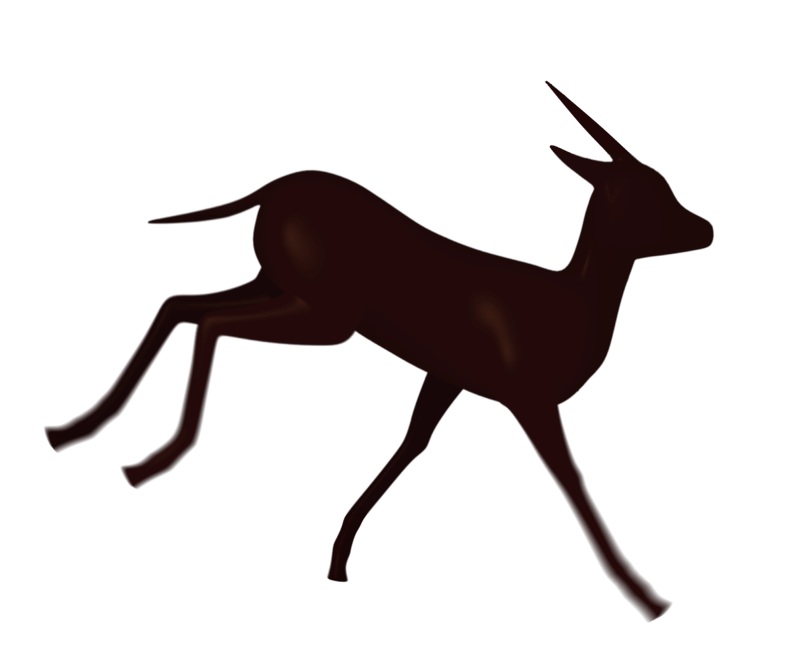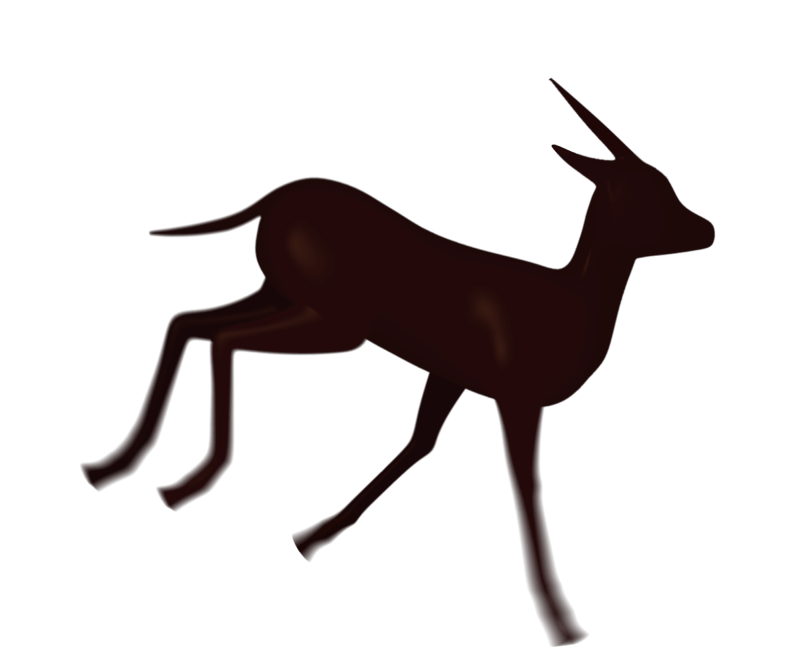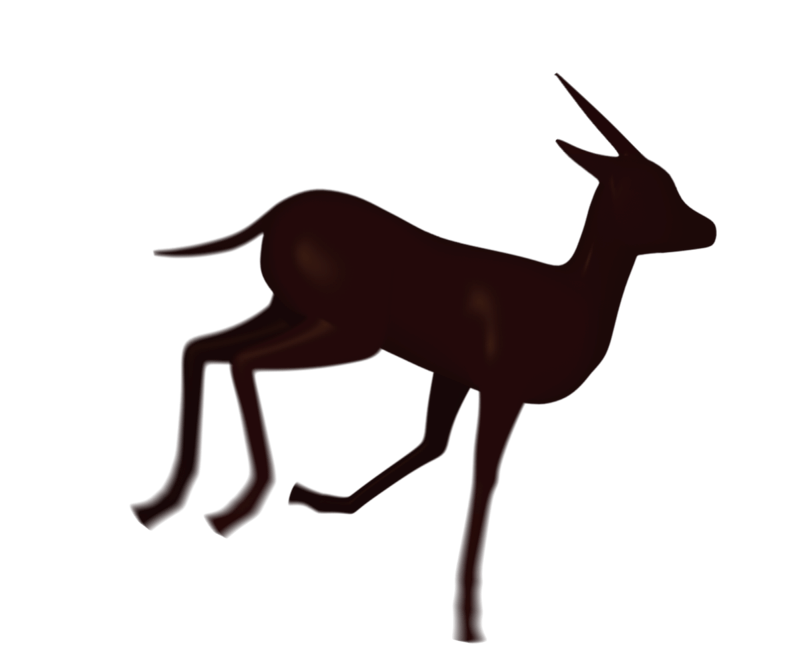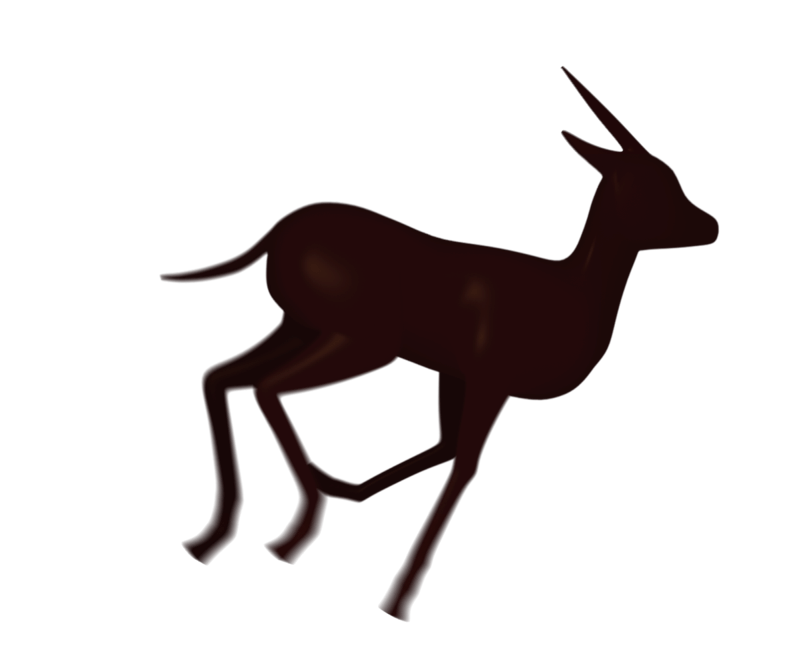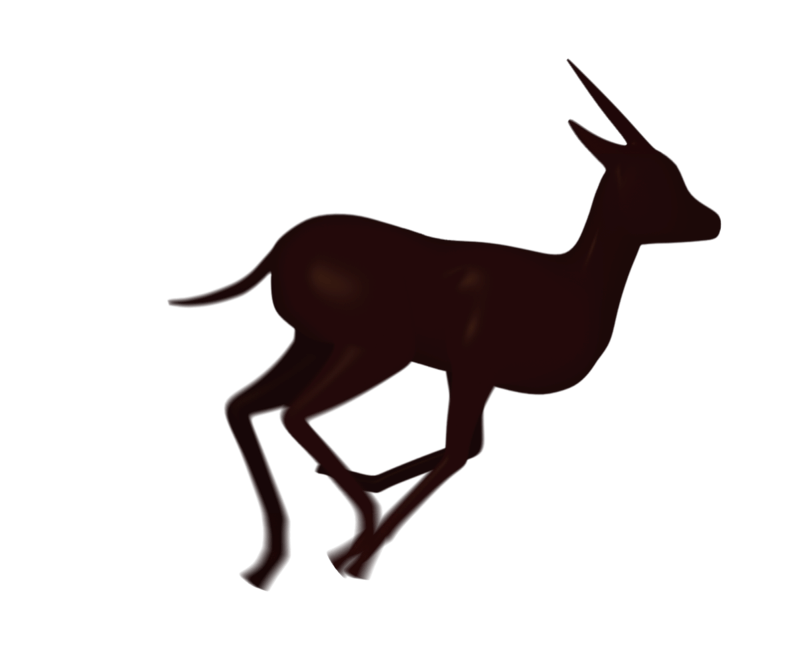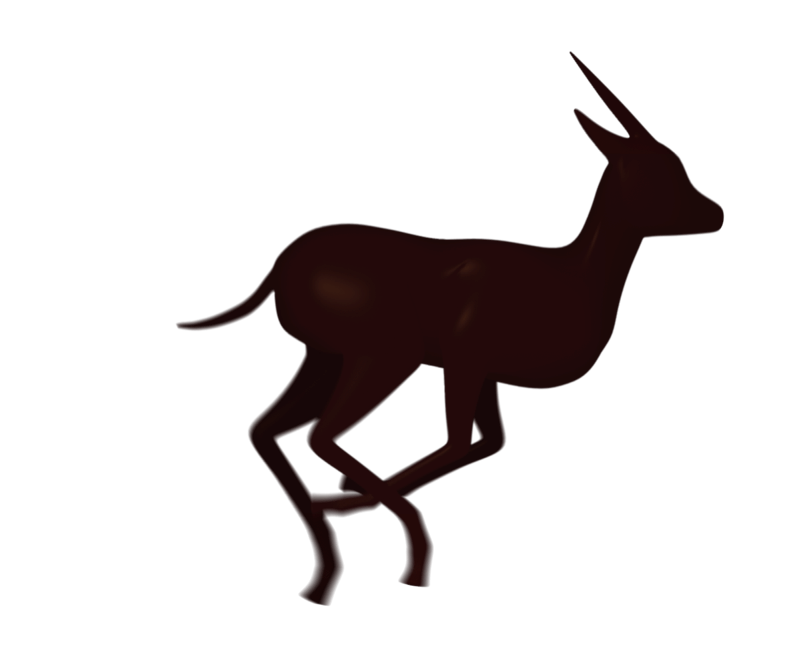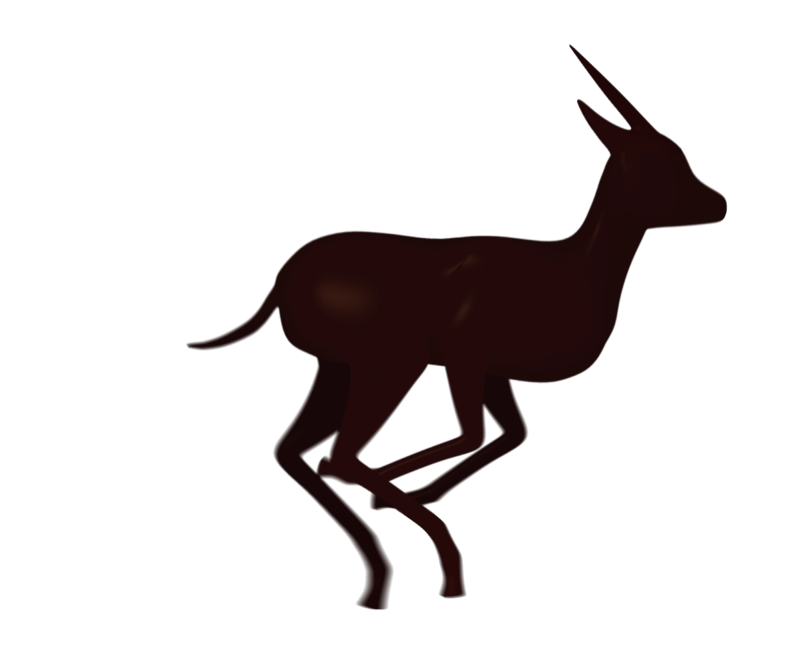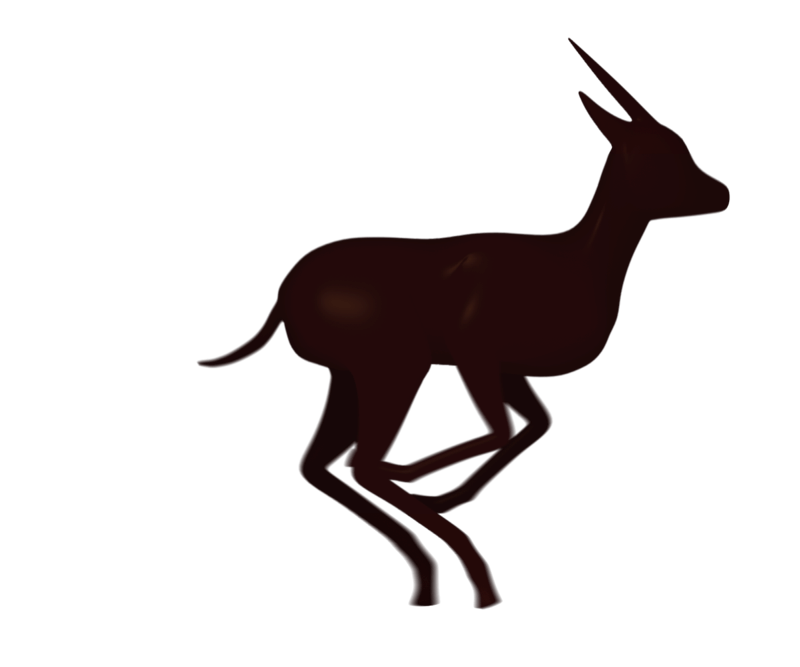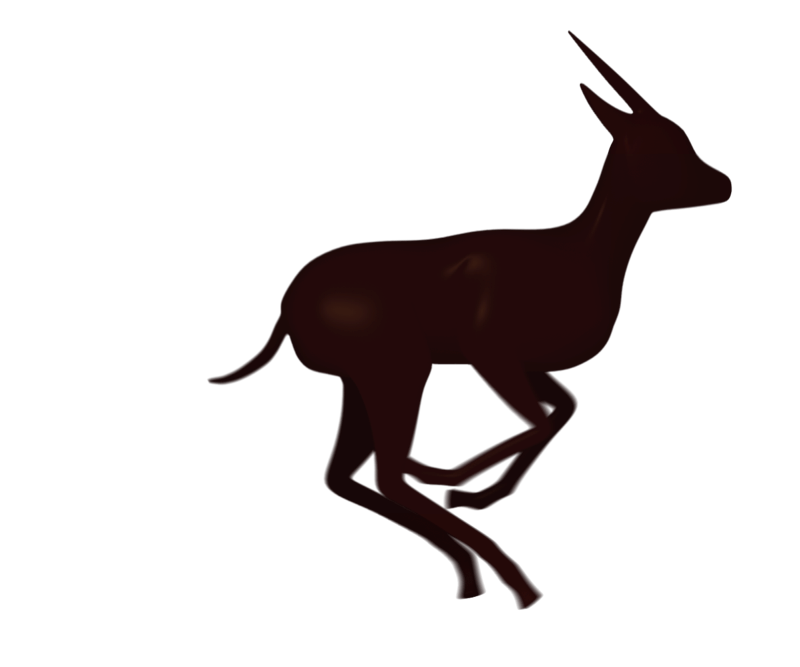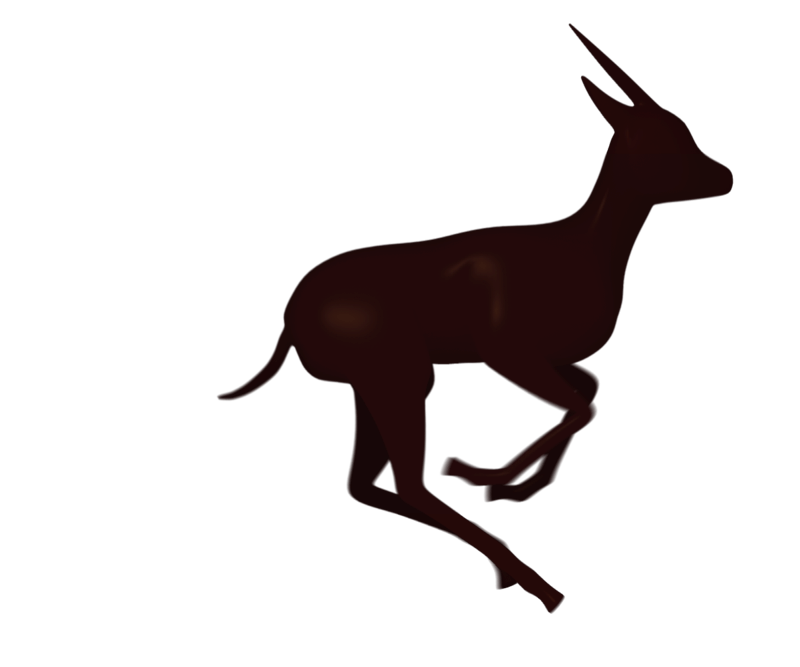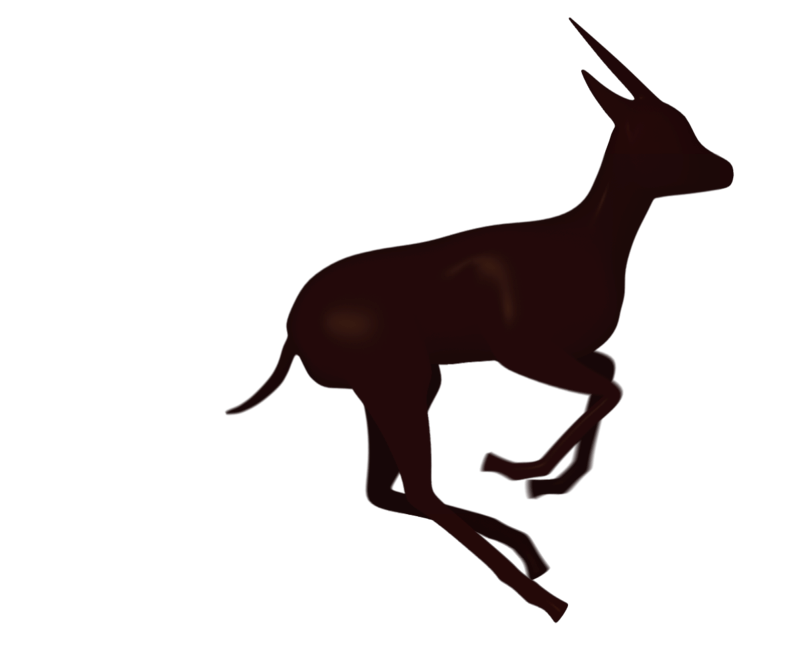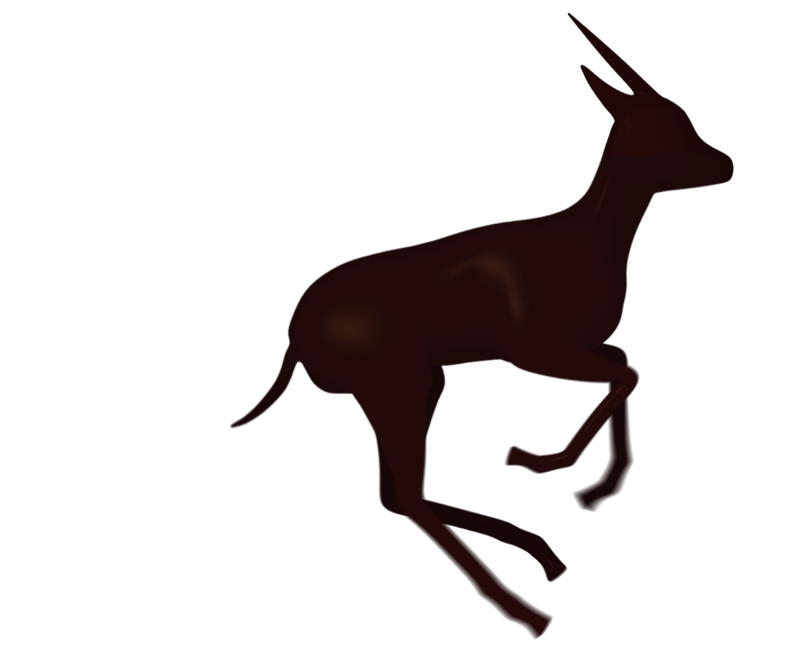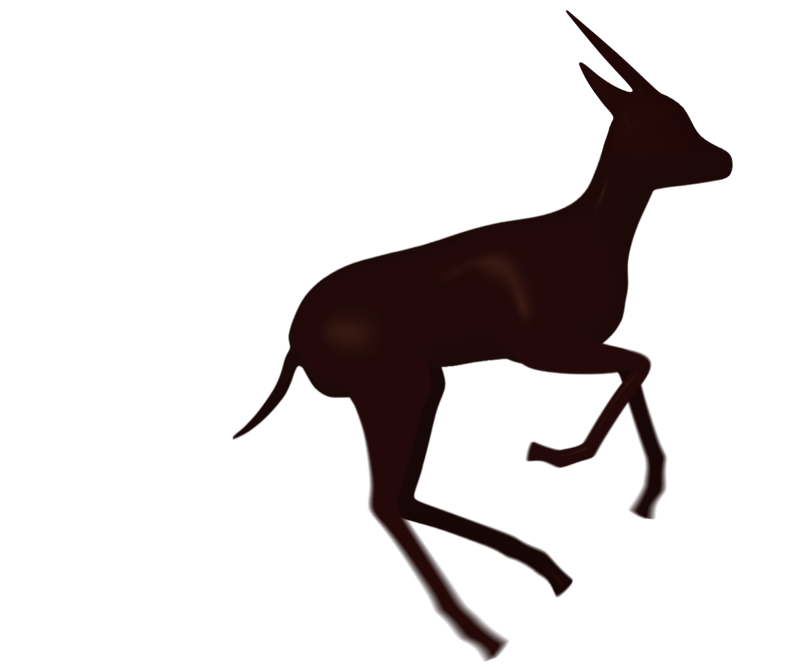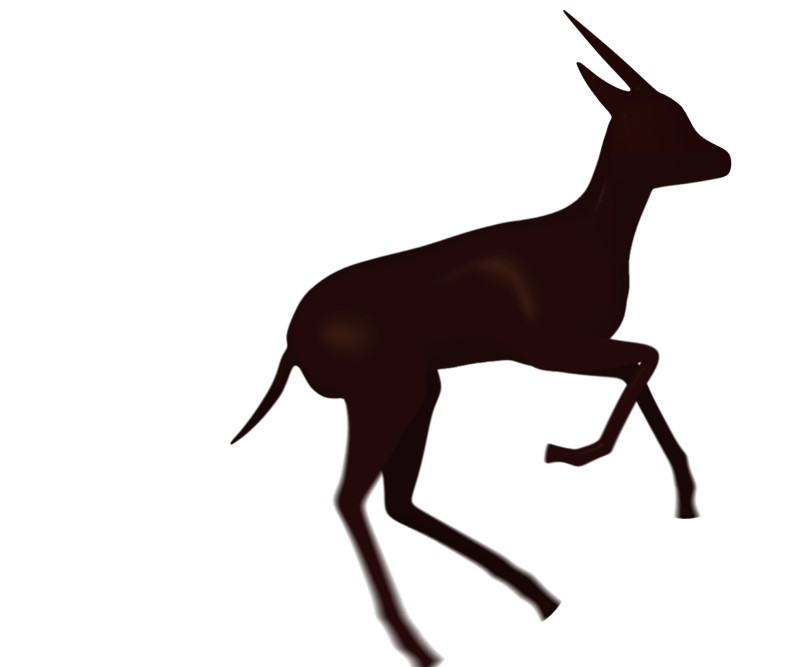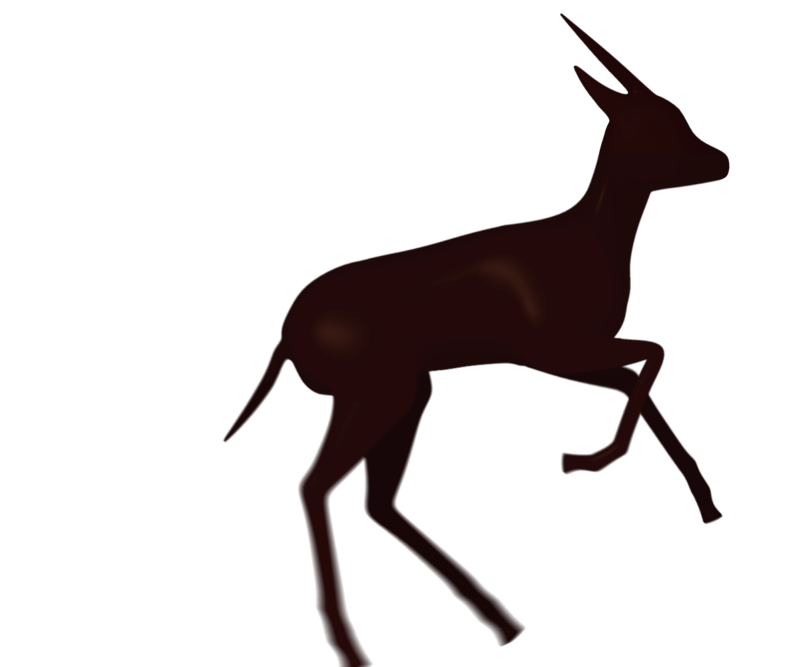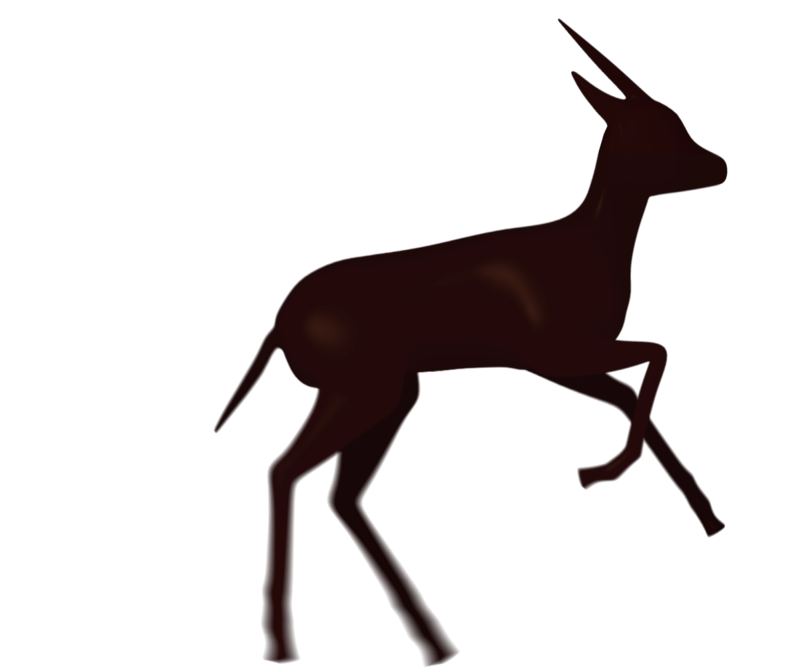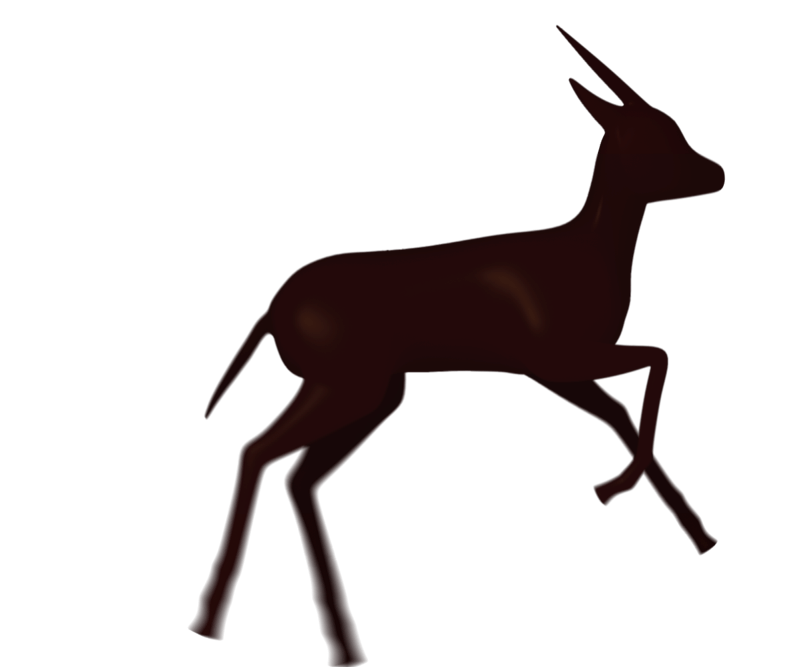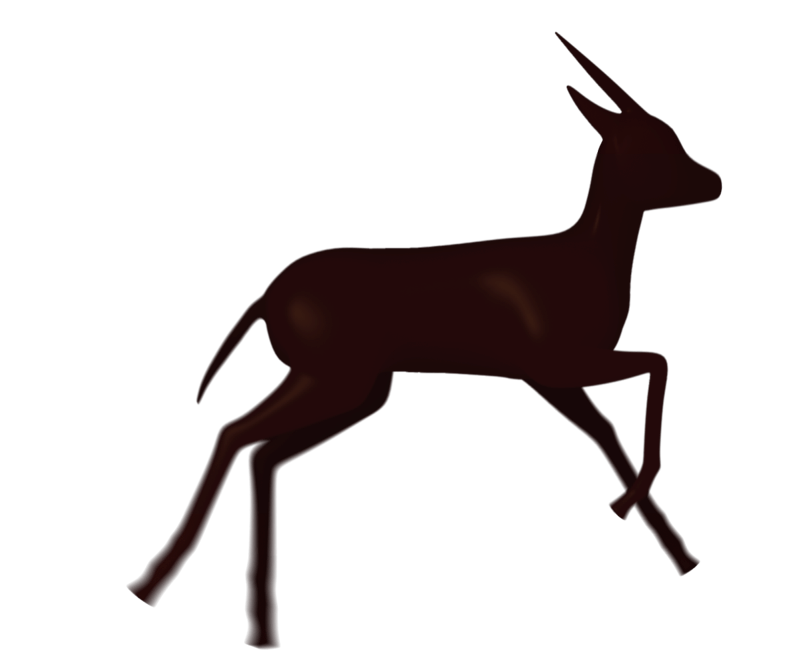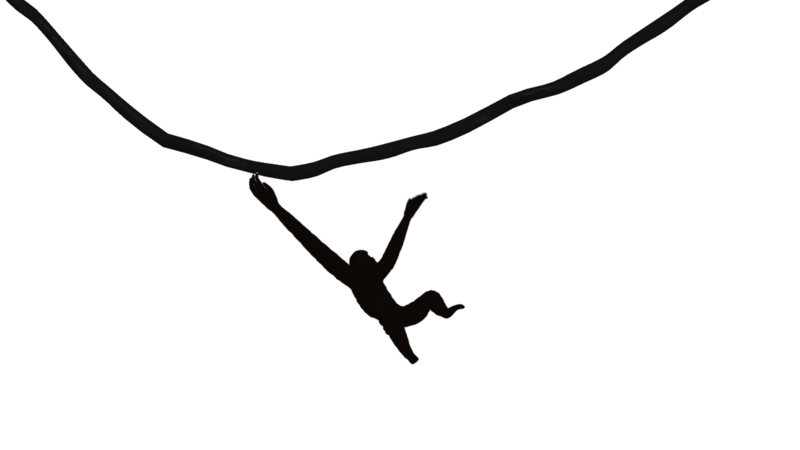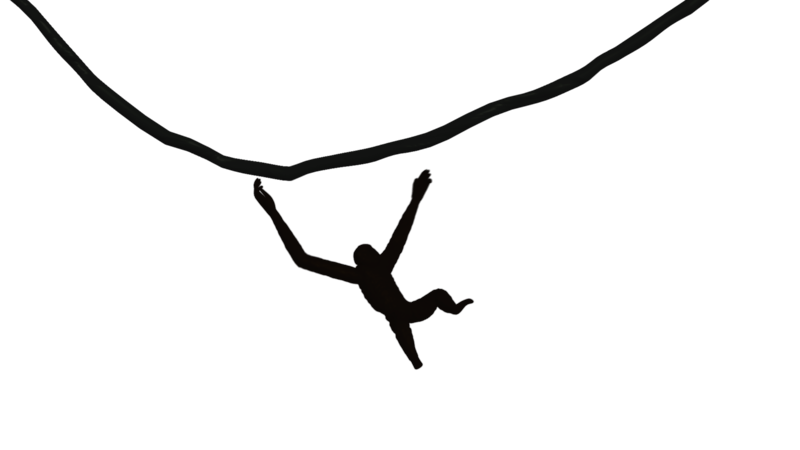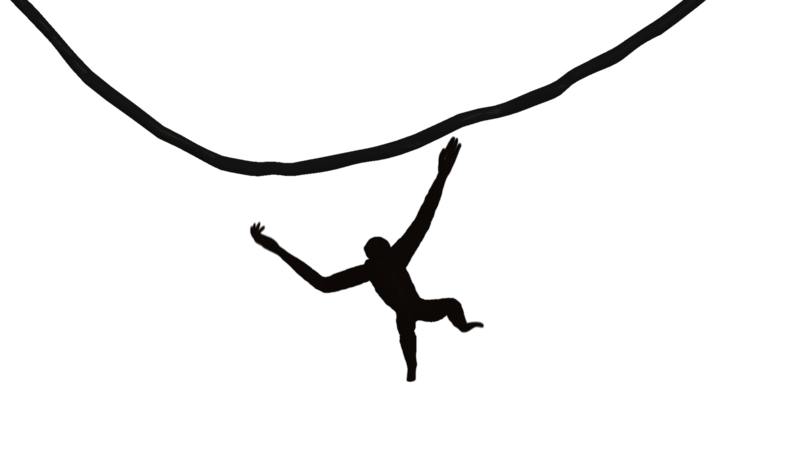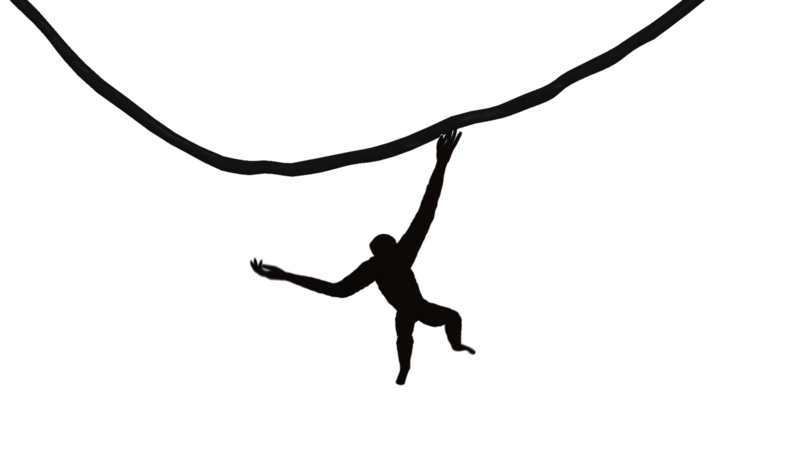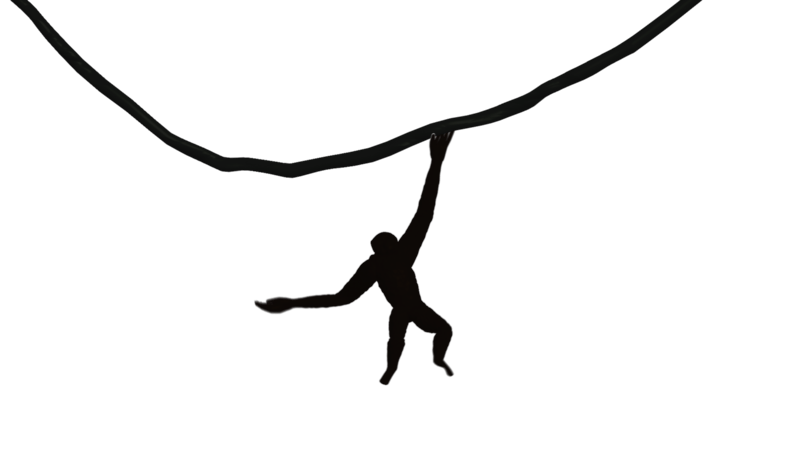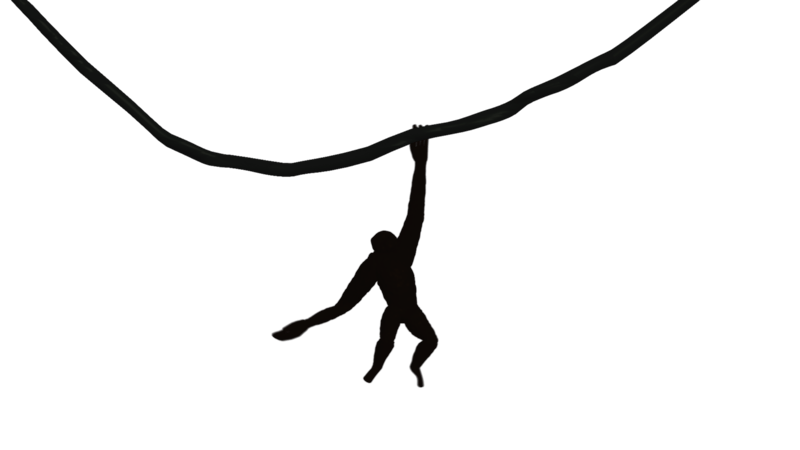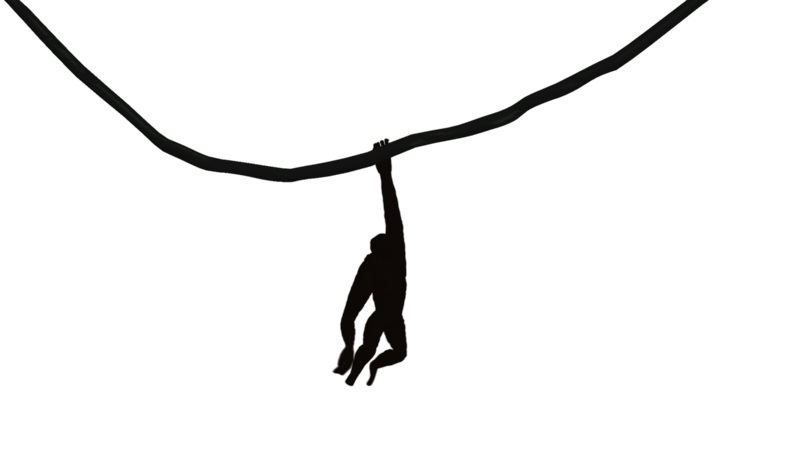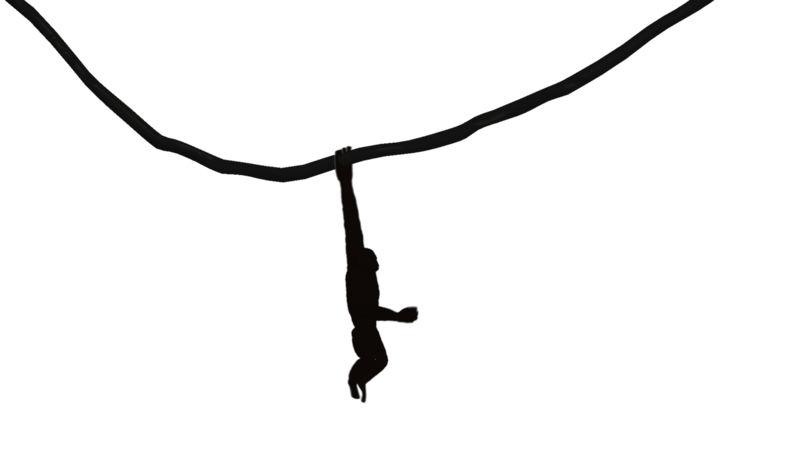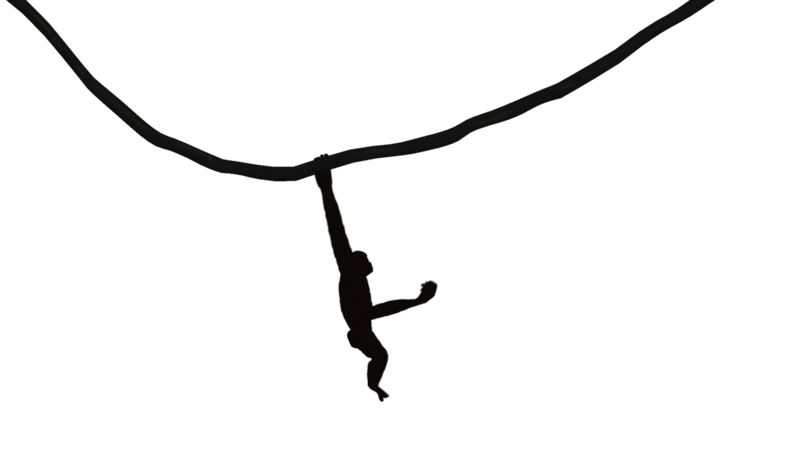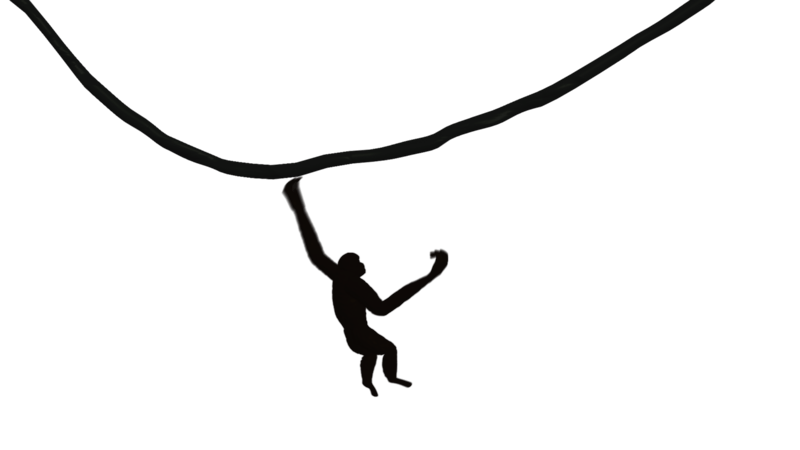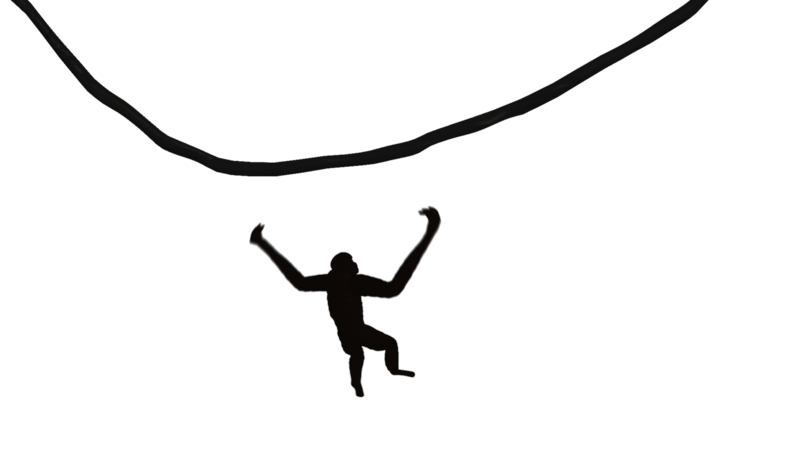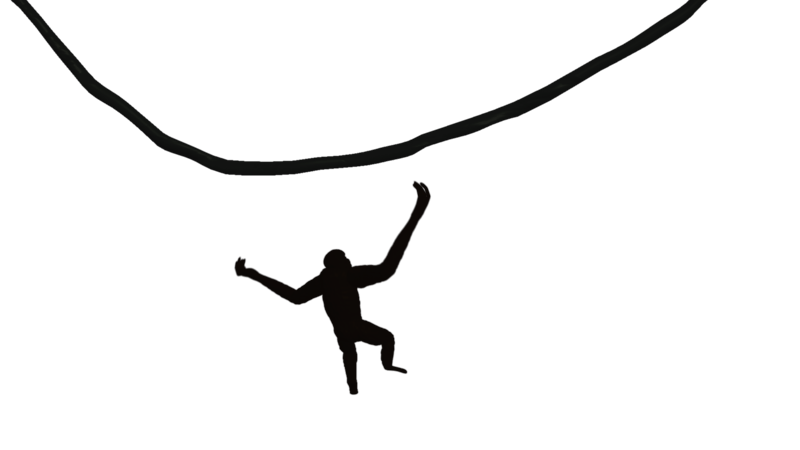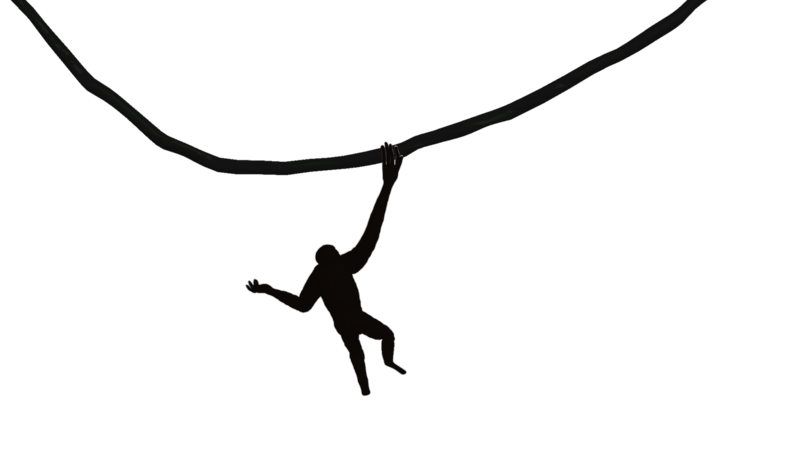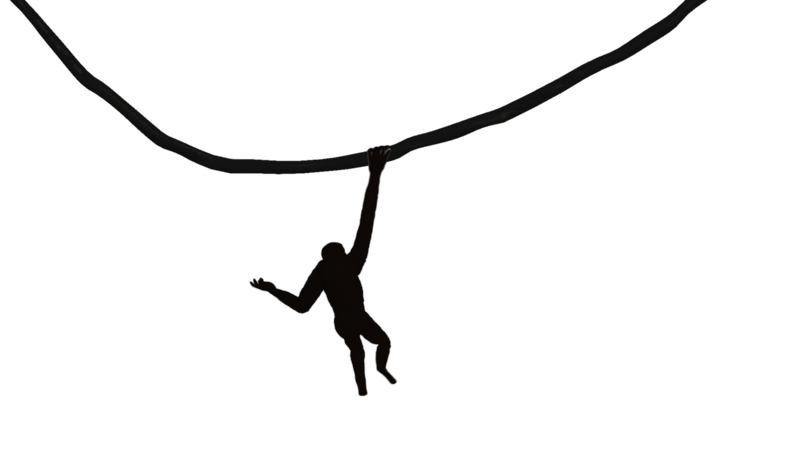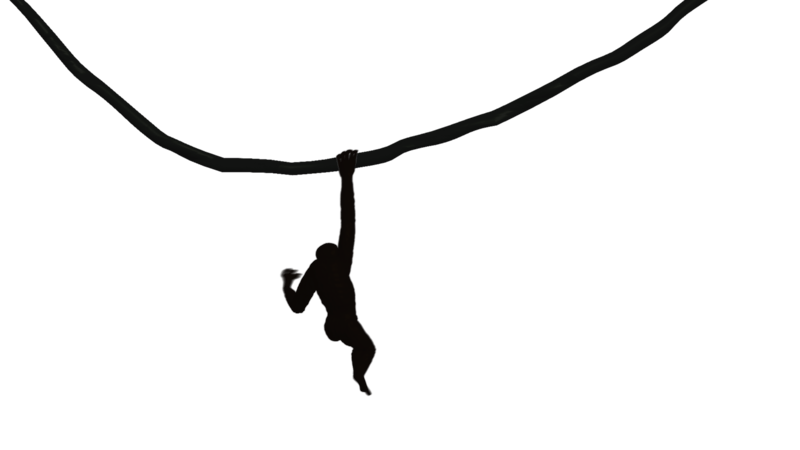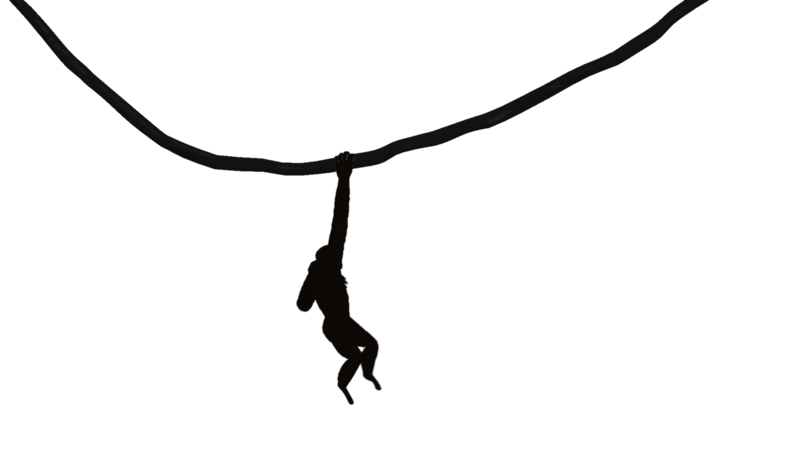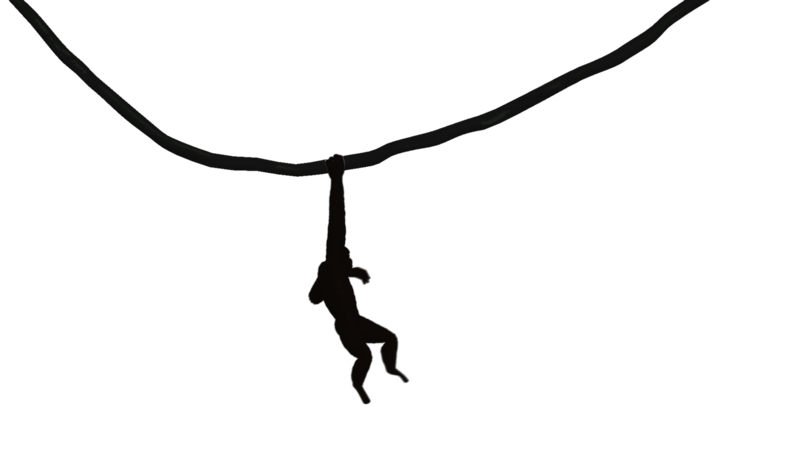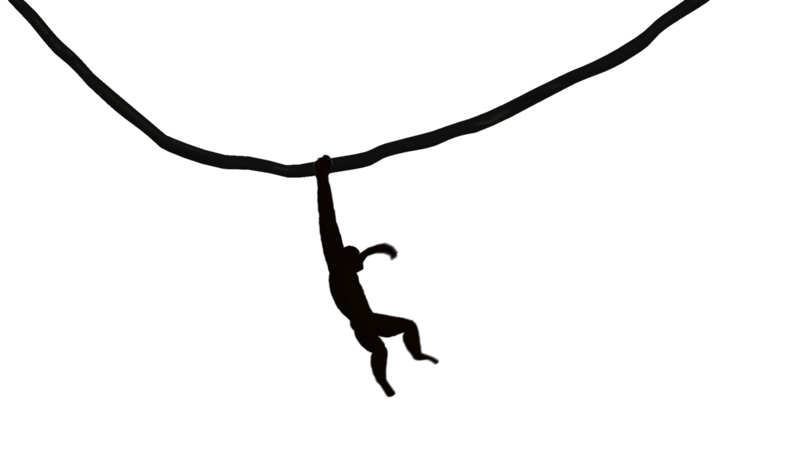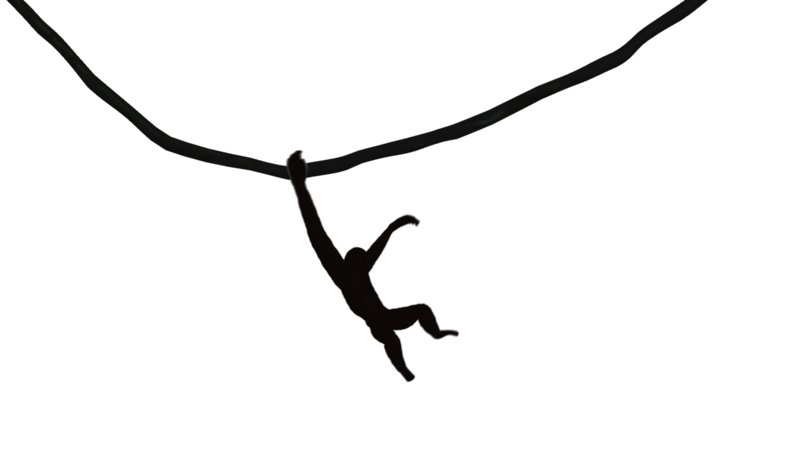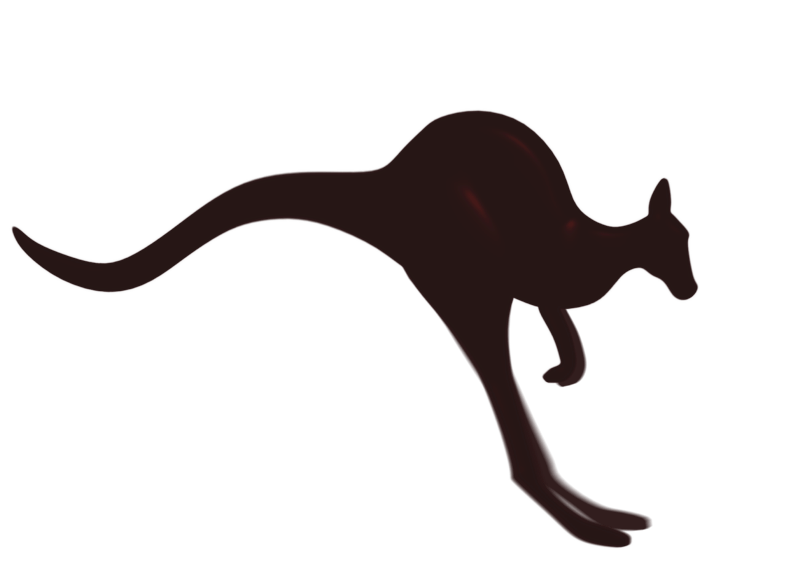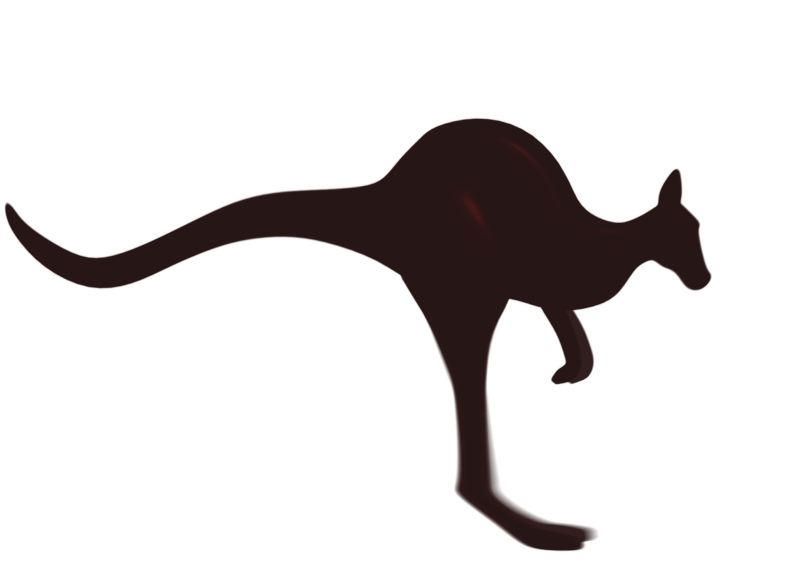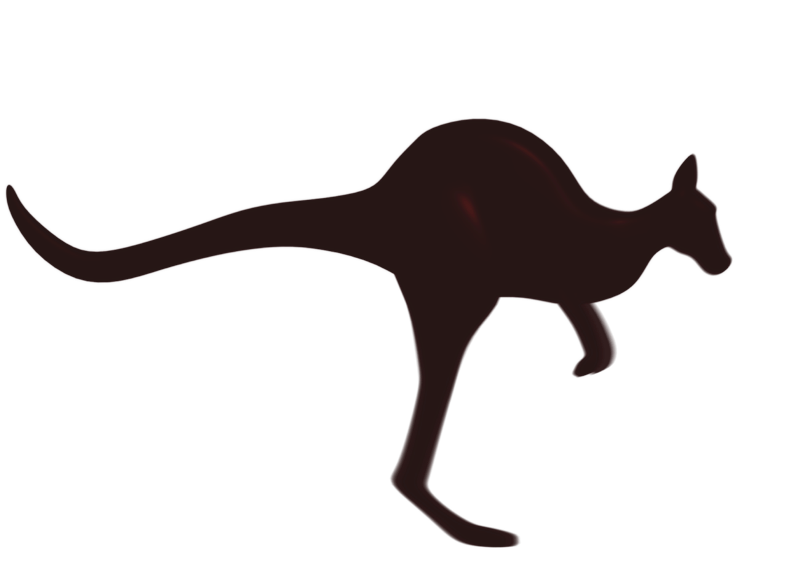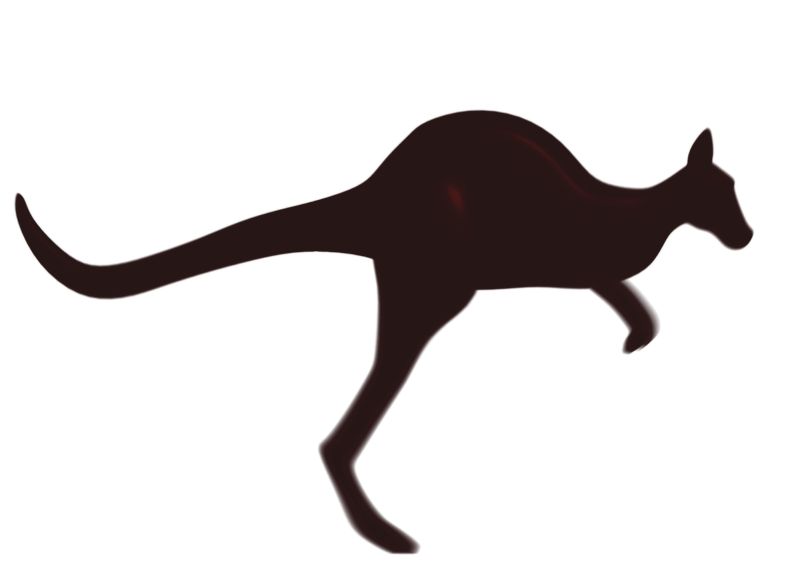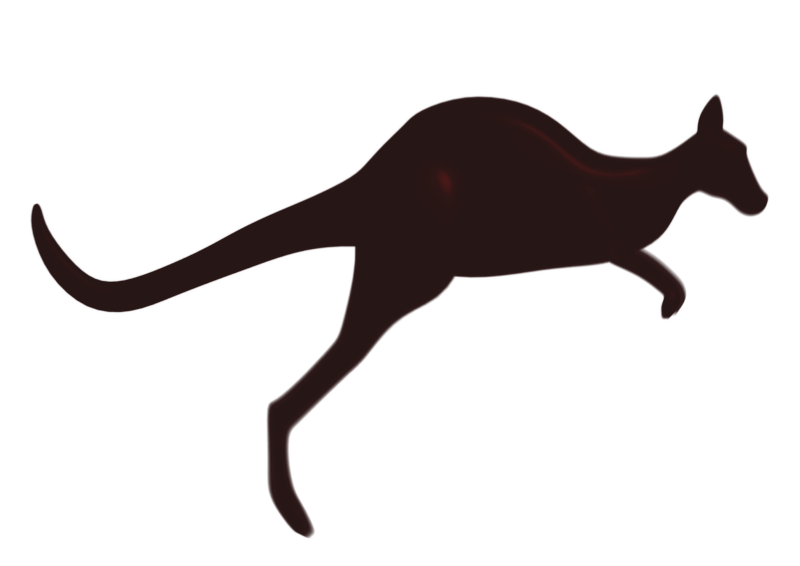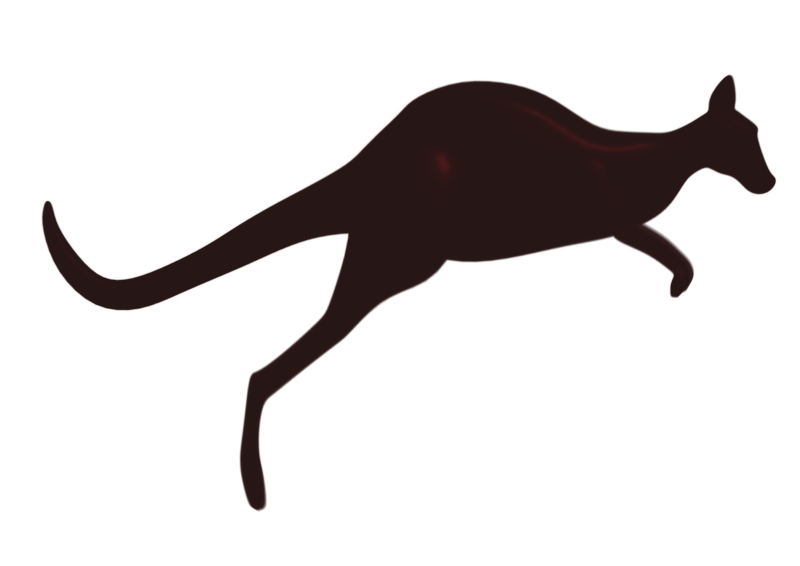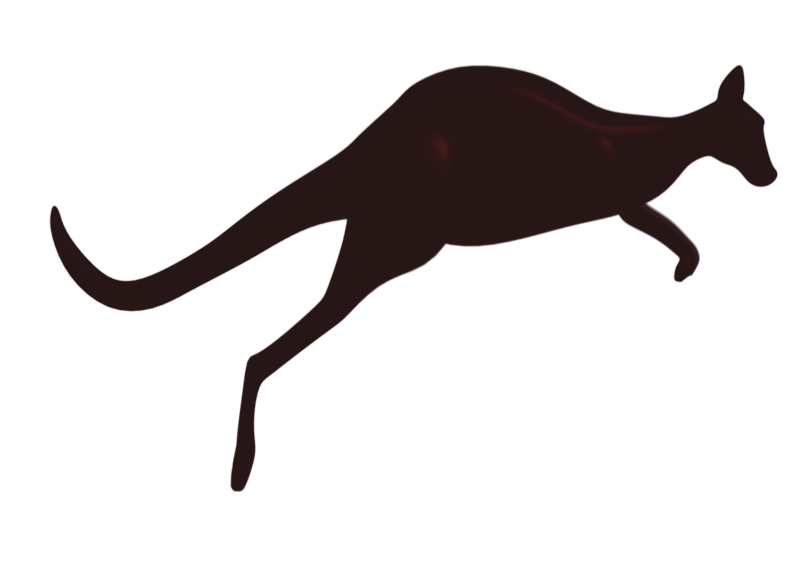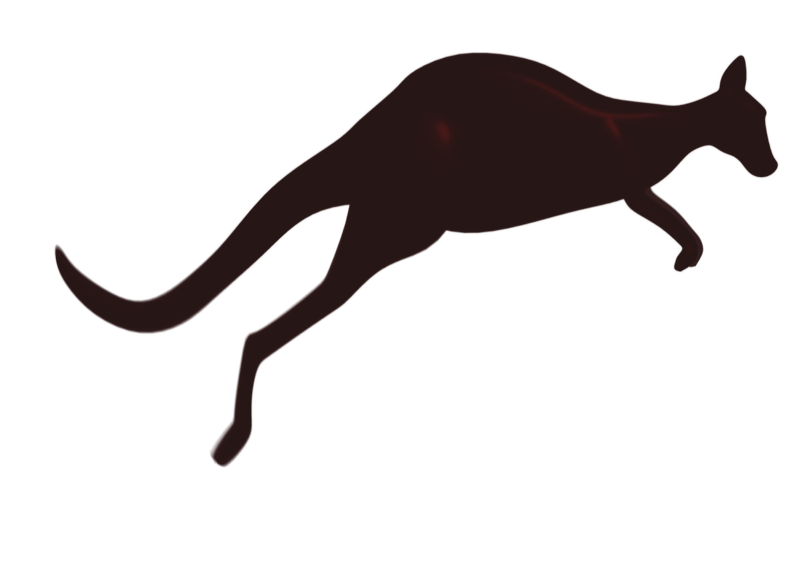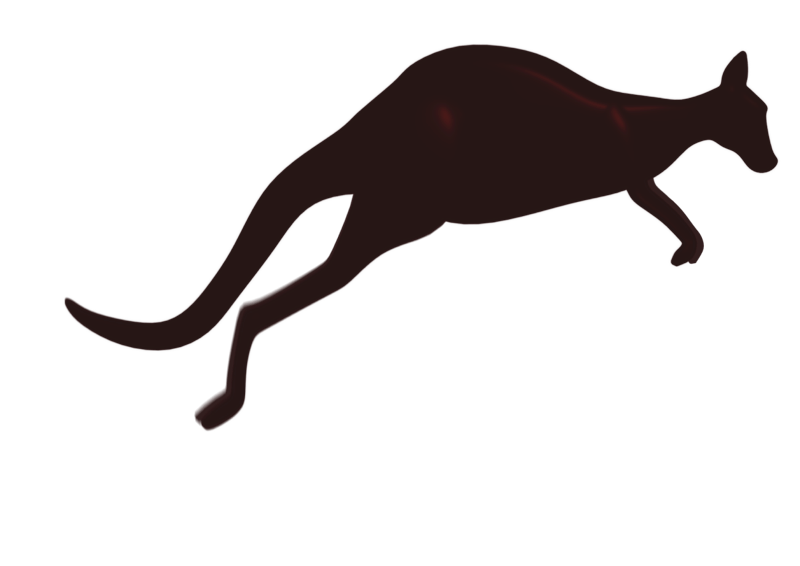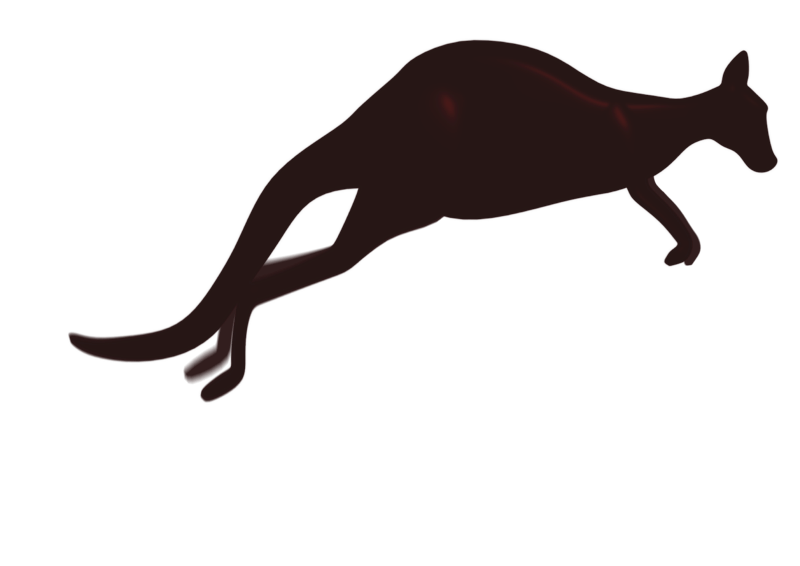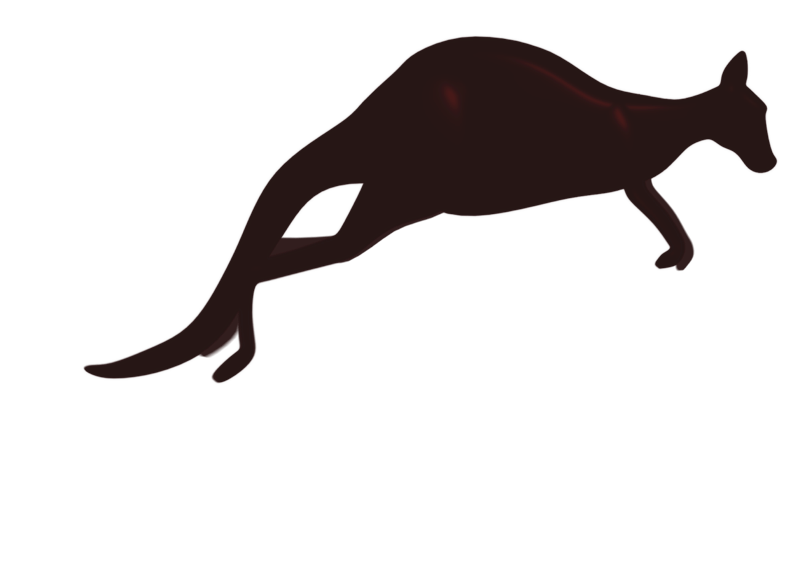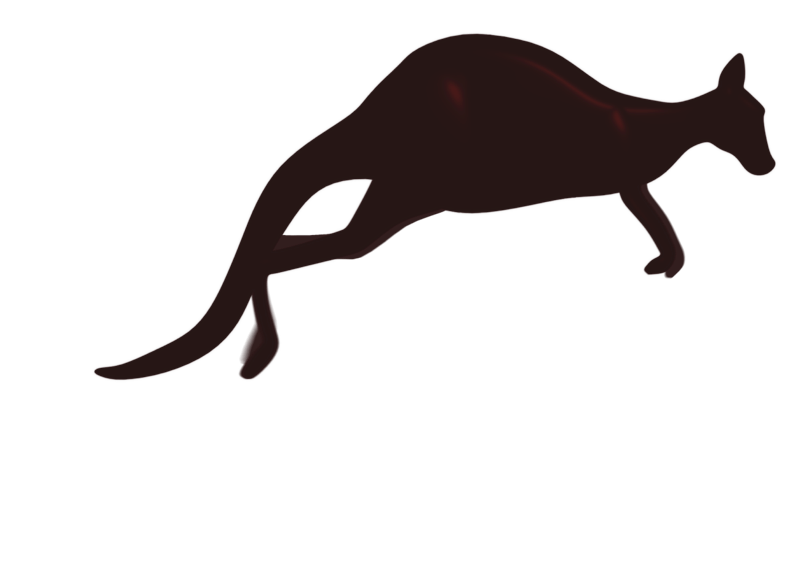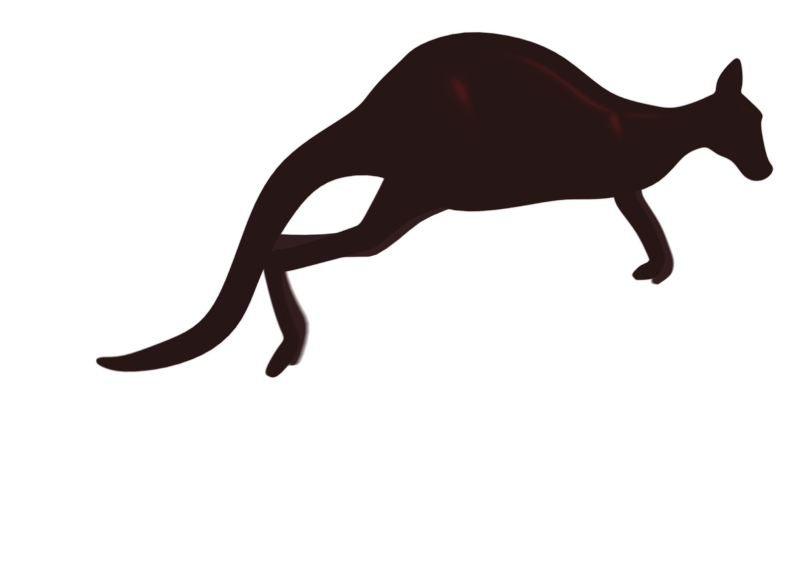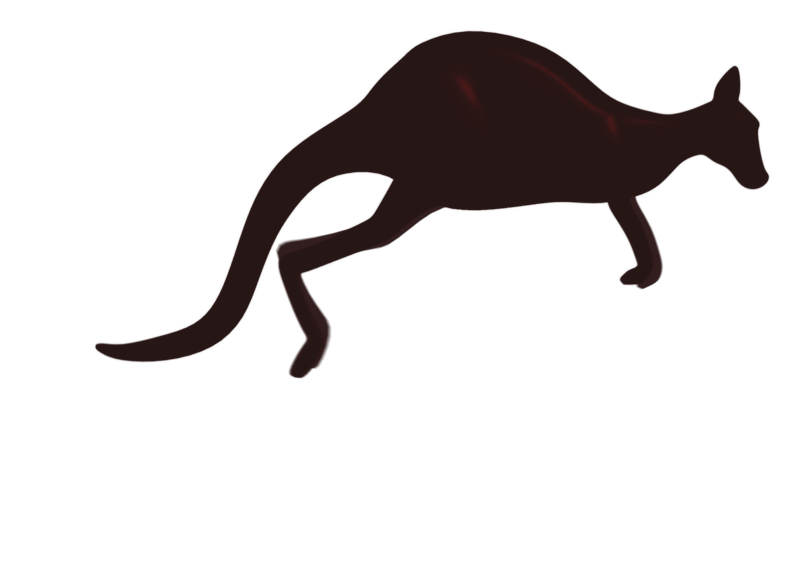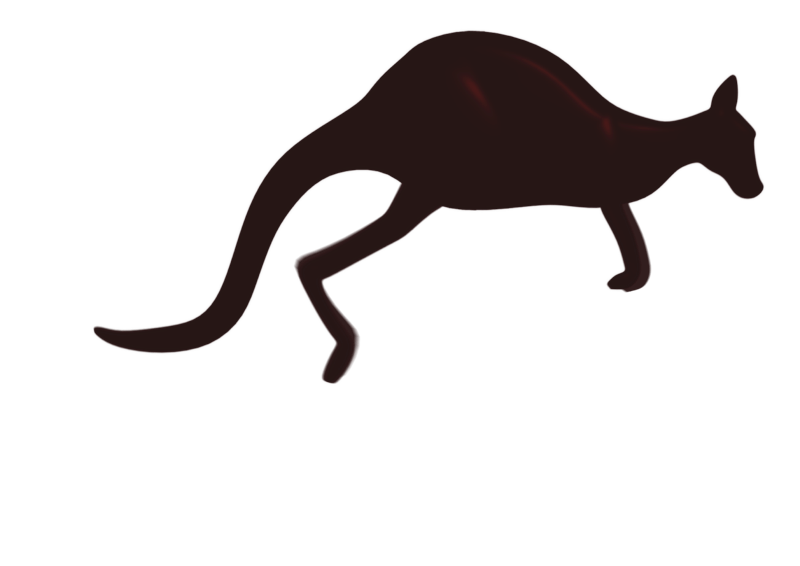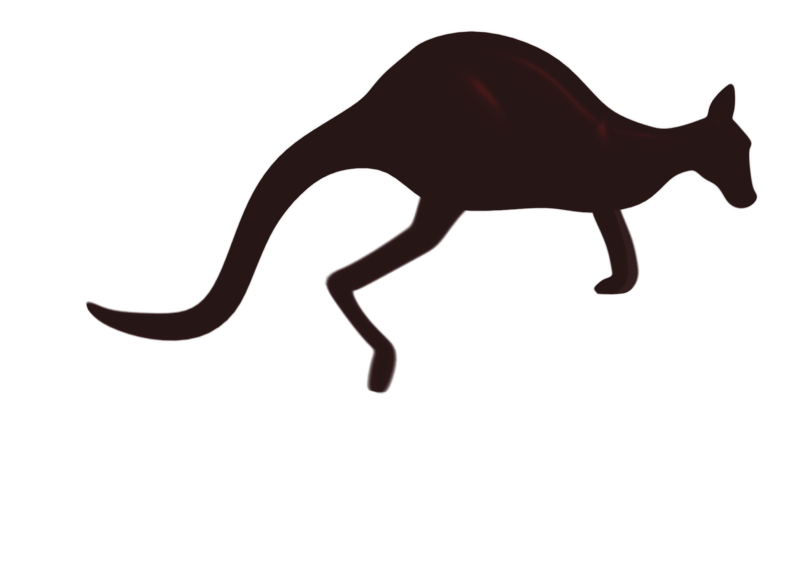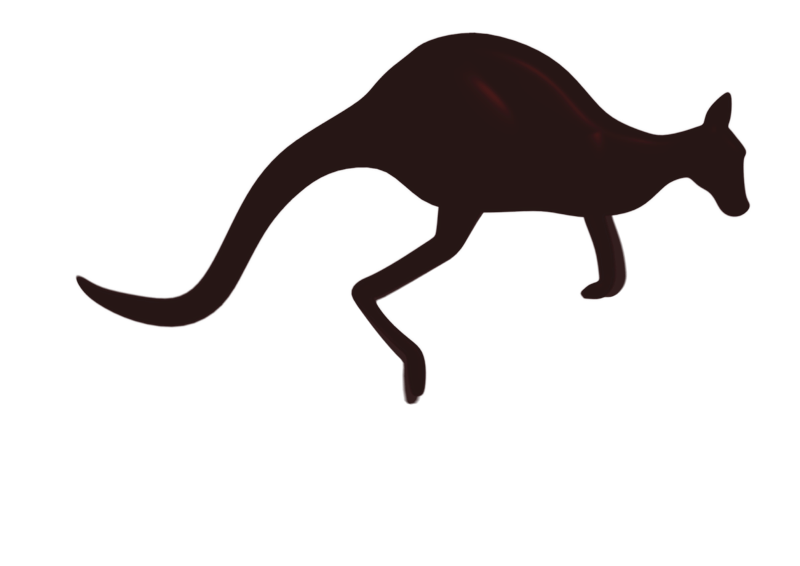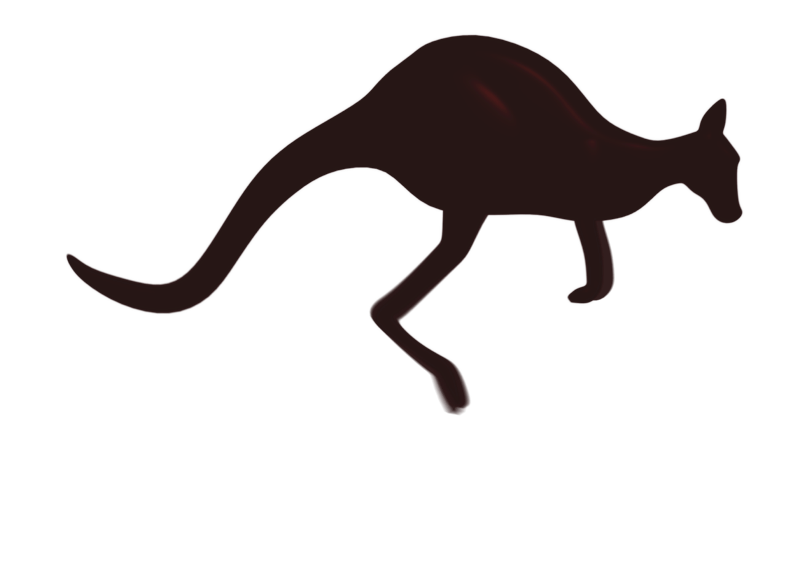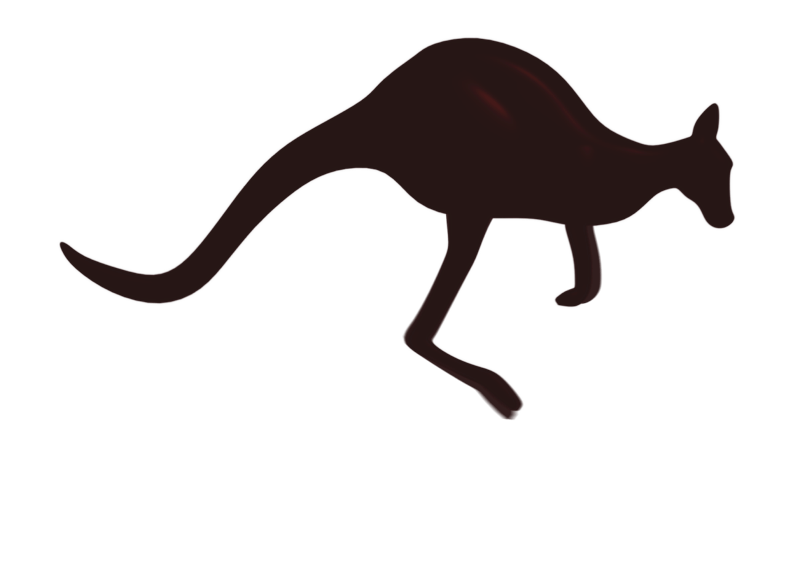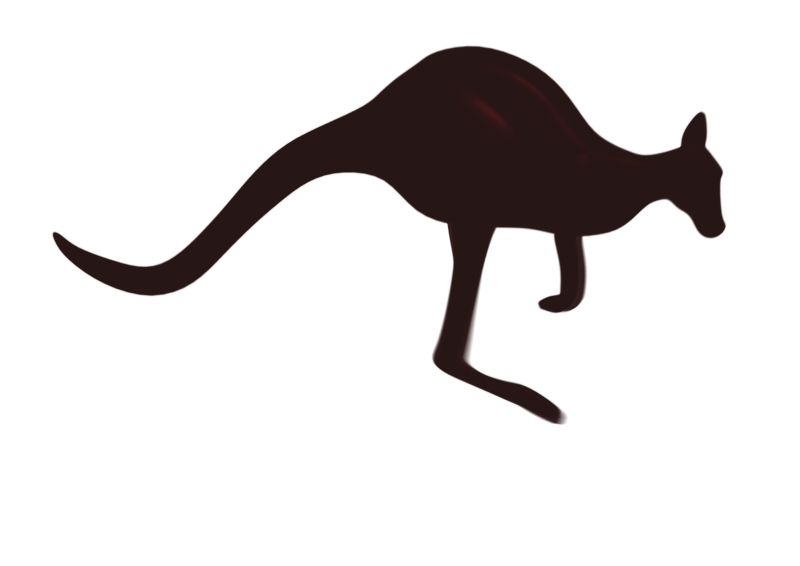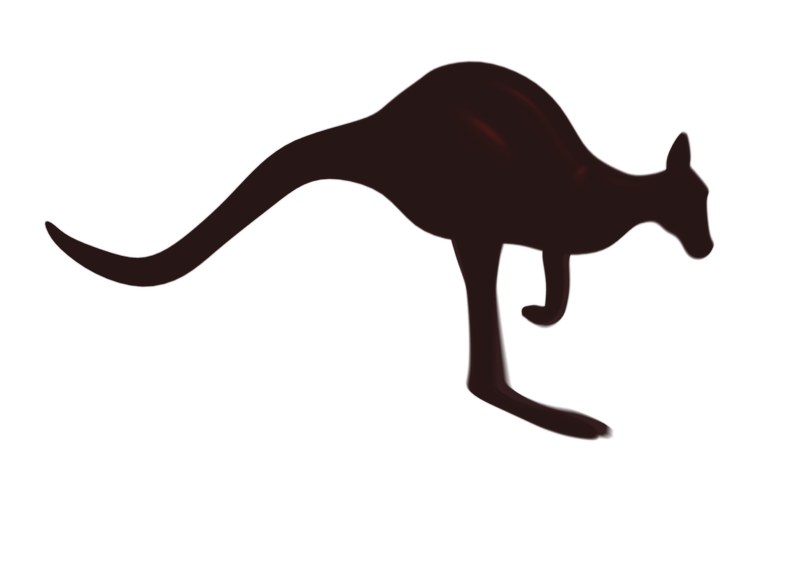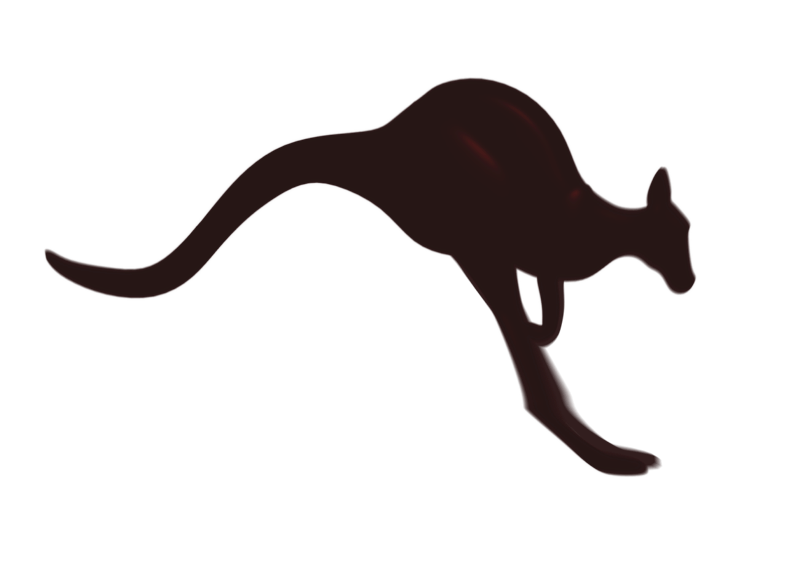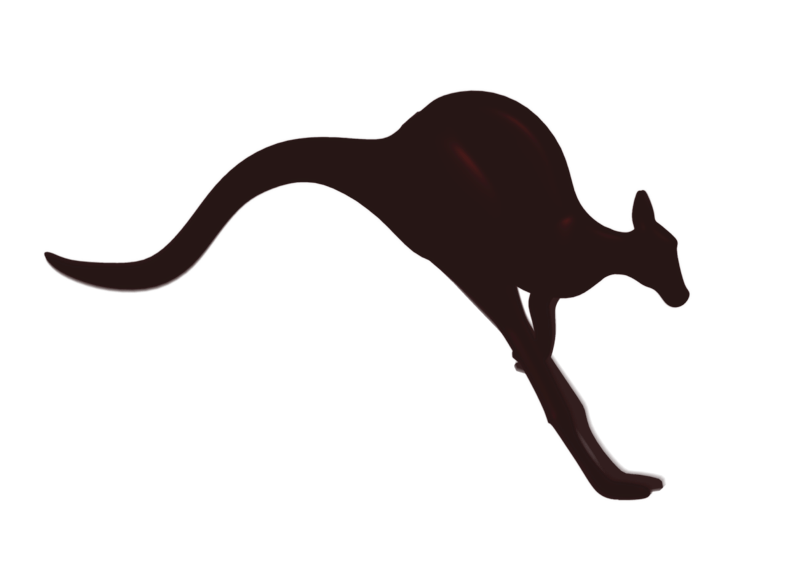FUN FACTS
The short-nosed fruit bat lives in tropical forests in South Asia.
Bats are the only mammals that fly!
The biggest bats have a wingspan of about 6 feet (1.8 meters).
Their wings extend from the tips of their fingers down to their feet.
The wings are made from two layers of skin extending from the back and belly.
The wings are supported by arm bones and finger bones like those in your own arms and hands.
The joints in bat fingers make their wings very flexible.
Bats bend their wings when they lift them during flight. This creates a spiraling air current under each wing.
These currents are one more reason bats are acrobatic flyers.
Some bat species can even make a u-turn in the air within the length of half a wingspan!
When at rest, roosting bats usually hang head-down from their clawed feet.
The American black bear lives in forests of North America.
Bears walk the same way early mammals did—on flat feet. Many other living mammal species walk on their toes.
Walking on flat feet is called being plantigrade. Humans and some other primates walk this way, too.
Bears normally walk on all four paws.
But because they have flat feet, they can stand on two legs with great stability.
Bears can even walk upright, but only for short distances, and very slowly.
They might look bulky and clumsy, but some species can reach speeds of more than 30 miles an hour (48 km/hr).
But they average only about 5 miles an hour (8 km/hr) when walking.
Some bear species are also excellent tree climbers.
The long-beaked common dolphin lives along coasts in warm and temperate oceans.
They can swim as fast as 24 miles per hour (38 kph)!
Dolphins have wide, strong tails with two fins called flukes.
The flukes contain no bone or muscle—only dense connective tissue.
Dolphins don't swim the way fish do.
Fish swim by moving side to side. Dolphins and other whales move their tails up and down to propel their bodies forward.
Their dorsal fins are most likely used for stability.
Dolphins don't paddle with their front flippers. They use them mostly to steer.
Dolphins' bodies are torpedo-shaped and streamlined to move through the water quickly.
Like most marine mammals, dolphins have a thick layer of fat, called blubber, under the skin.
Blubber provides insulation and helps make dolphins' bodies smoother and more streamlined.
Thomson's gazelles live in dry grasslands of Kenya and Tanzania.
They are exceptional runners. That's a useful trait when you're trying to escape lions and other predators!
Thomson's gazelles can run as fast as 50 miles per hour (80 kph)!
To run faster, gazelles take longer strides. Many other fast mammals take more frequent strides instead.
Gazelles have many adaptations that help them run quickly for long periods.
They have delicate but sturdy legs.
Their strong hind limbs and rump muscles help propel them forward as they run.
Most of the leg muscles are at the top of the leg — for speed.
They evolved to run on tiptoes rather than flat feet.
Sometimes, gazelles jump straight up into the air from a standstill. This is called stotting.
Gazelles stott during play or to discourage predators from chasing them.
The white-handed gibbon lives in forests in Southeast Asia.
Most land mammals use their legs to get around. Gibbons use their arms to swing through the trees.
Using the arms to swing from branch to branch is called brachiation (bray-key-AY-shun).
Gibbons' bodies are extremely well adapted for brachiation.
Gibbons' arms are very long. They are rotated outward at the shoulder.
Their fingers are long, curved and strong. They act like hooks that hold the animal 's weight as it swings.
Their wrists contain ball-and-socket joints that increase mobility and reduce strain.
Gibbons can swing across more than 30 feet (10 meters) when moving from tree to tree.
Gibbons spend their lives in the trees— they barely ever touch the ground.
Red kangaroos live throughout the dry habitats of inland Australia.
They can move as fast as 37 miles per hour (60 kph)!
Only a few living mammals move around on two feet, including humans and hoppers like the kangaroo.
Kangaroos have long Achilles tendons in their hind legs.
These tendons act like springs that store most of the energy of each hop.
Kangaroos can hop for hours at a time.
Their lungs consume less oxygen than four-legged mammals moving at the same speed.
Kangaroos lean their bodies forward as they hop.
They use their massive tails for balance.
To go faster, kangaroos simply lengthen their hops.
At fast speeds they can travel 45 feet (13.5 meters) in a single hop!
They have strong and elongated toes on their hindfeet.
They provide a springboard for hopping.

